Enjoy the beautiful and unique scenery of Kurobe Gorge (黒部峡谷) on the fun and exciting Torokko Train. You don’t want to miss this special natural wonder in Japan!
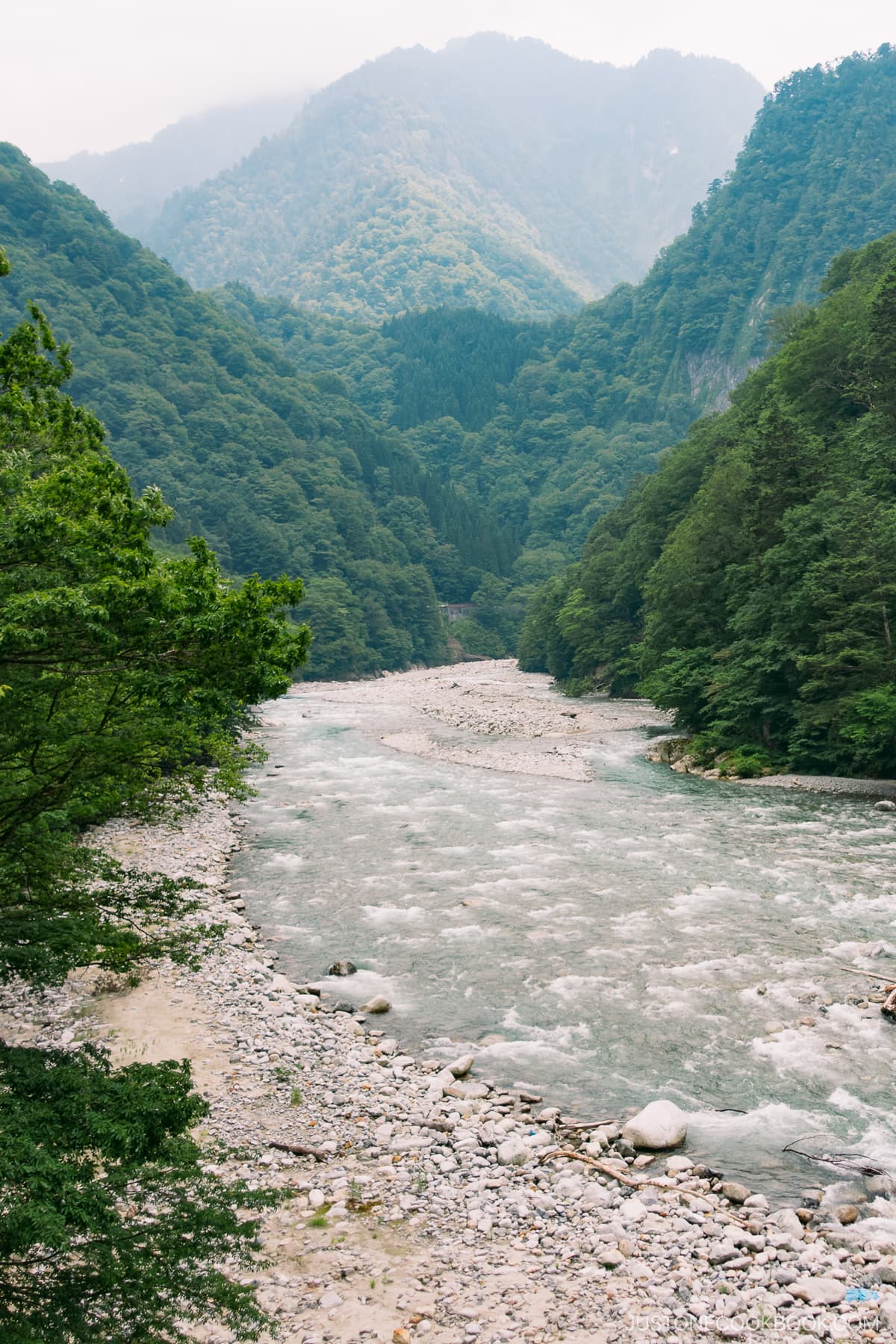
After visiting the beautiful historic city of Kanazawa and one of Japan’s three great gardens, the next chapter of our journey took us to another of Japan’s magnificent wonders: Kurobe Gorge (黒部渓谷). This natural wonderland is a treasure trove of awe-inspiring vistas and captivating landscapes. For those traveling with young ones, the Torokko train (トロッコ電車) promises an adventure that will leave them enthralled.
Where is Kurobe Gorge
Kurobe Gorge is located east of Toyama in the mountains near Mt. Tate. The best way to get there is via Shinkansen to Kurobe-Unazukionsen Station. Then walk over to nearby Shin Kurobe Station (新黒部) and head to Unazuki Onsen (宇奈月温泉). From Kanazawa to Unazuki Onsen, the total travel time takes roughly one and a half hours.
While awaiting the arrival of our train at Shin Kurobe Station, we had the opportunity to explore the Torokko train displayed just outside the station, much to the delight of our children!
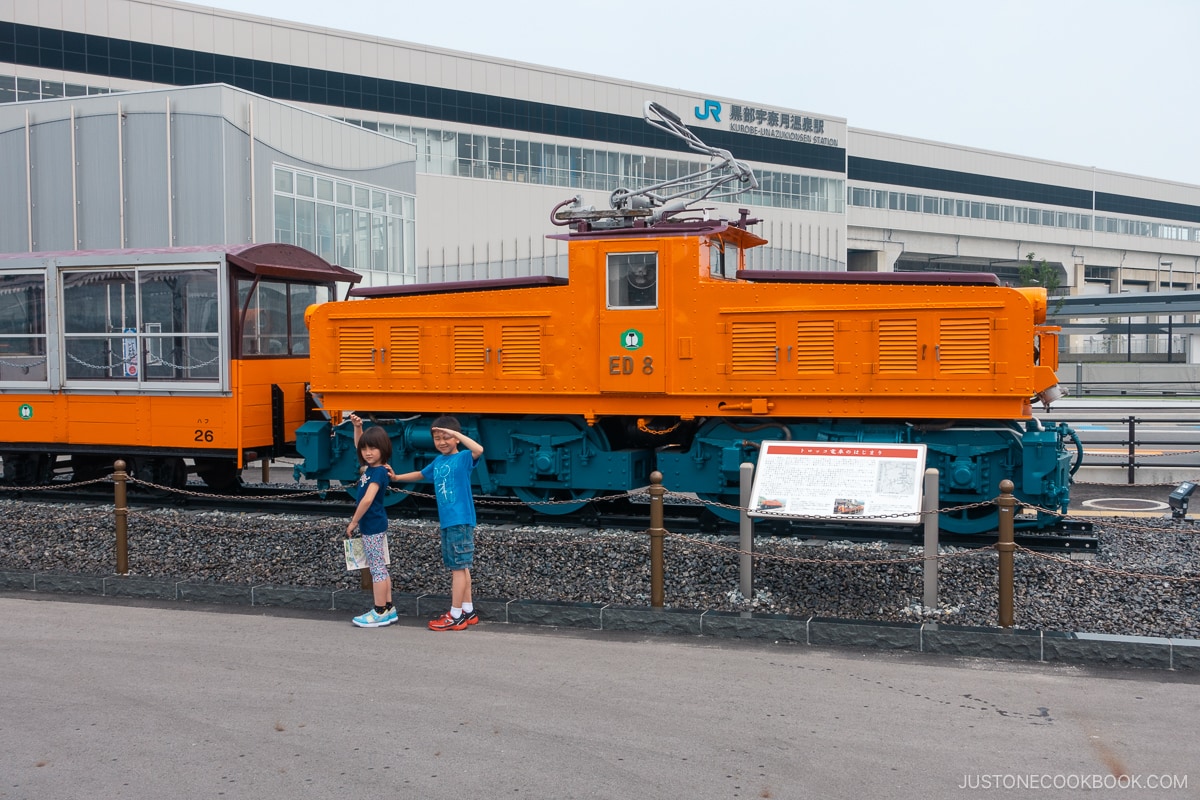
Shin Kurobe Station is nestled in a tranquil countryside locale, providing a peaceful backdrop to the picturesque rice fields as we await for the train’s arrival.
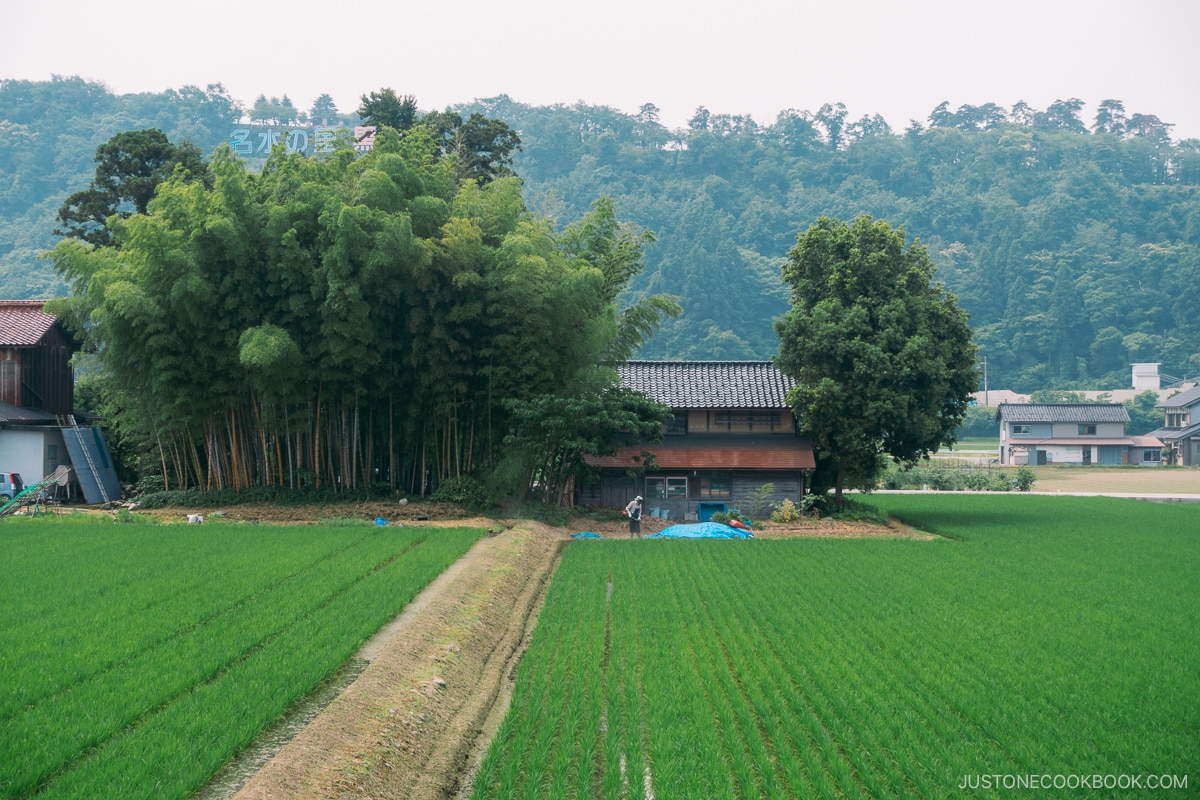
The ride to Unazuki Onsen station will take roughly 30 minutes. The trains on this route are older compared to the ones in Tokyo and other major cities.
Along the way to Unazuki Onsen, we passed by many small train stations and it was interesting for my family to see these older forgotten stations.
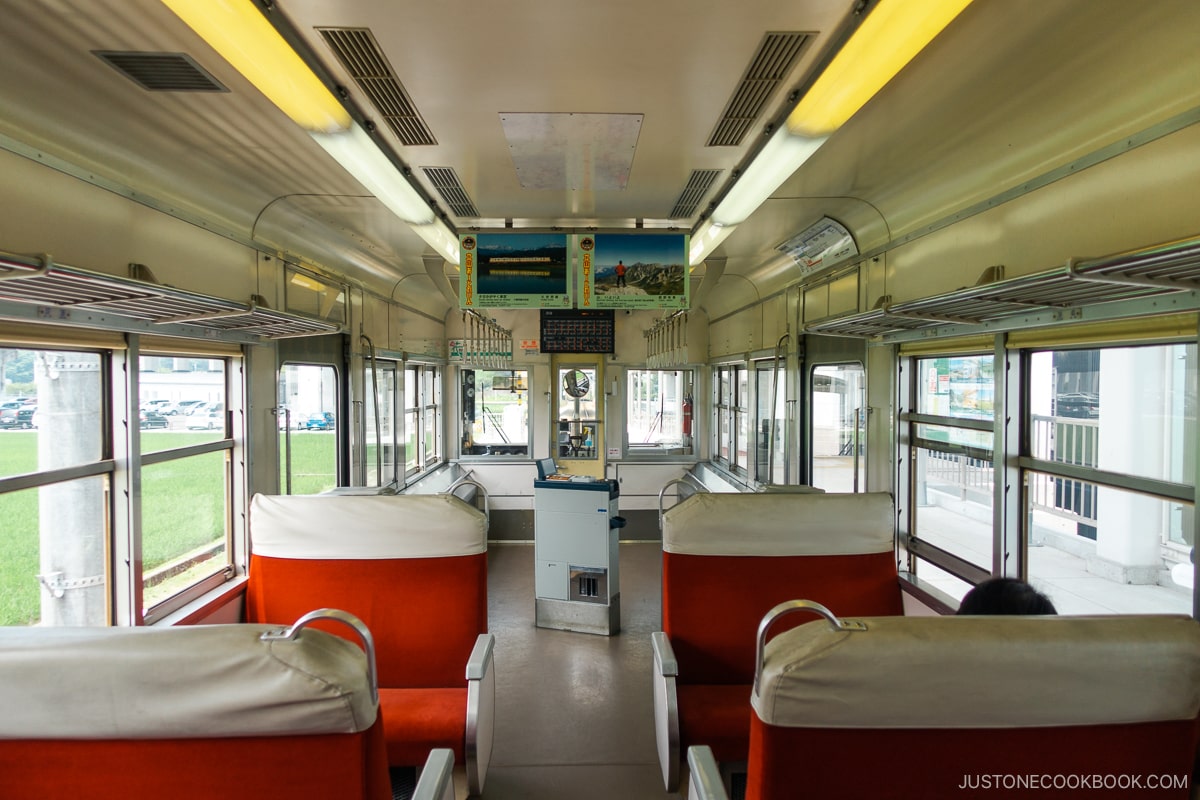
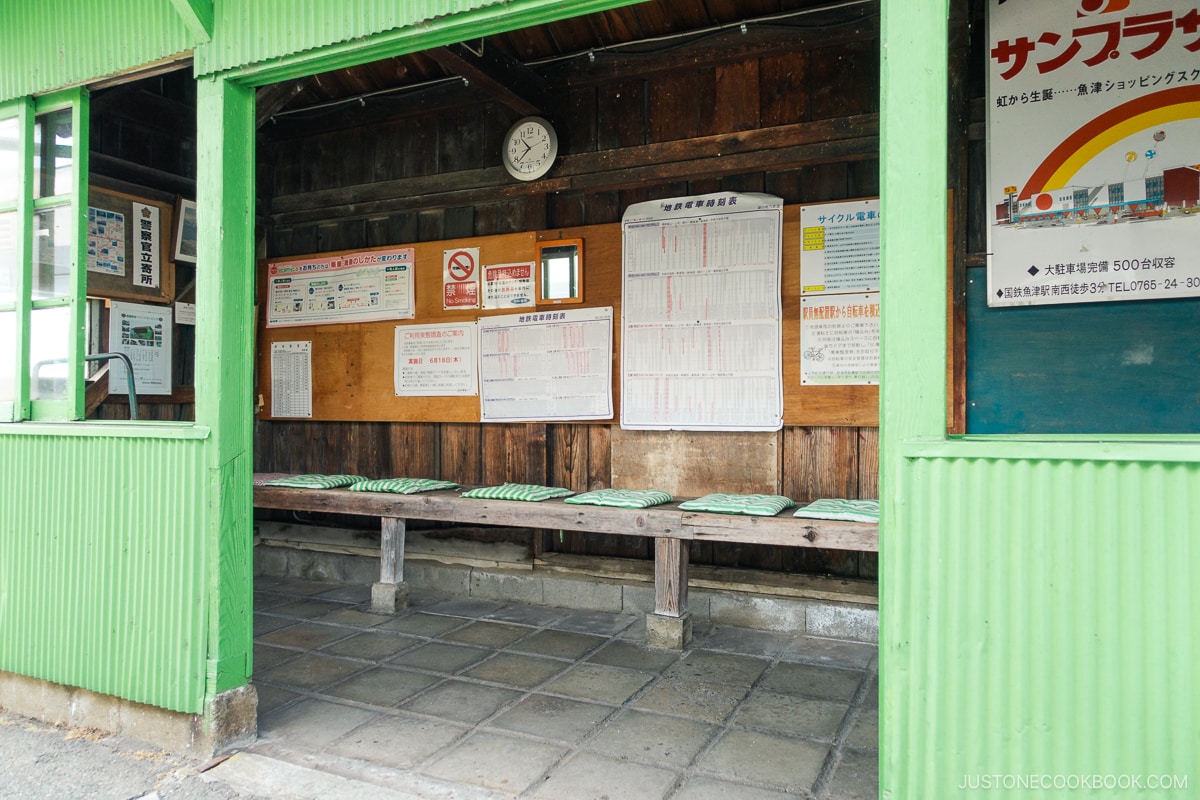
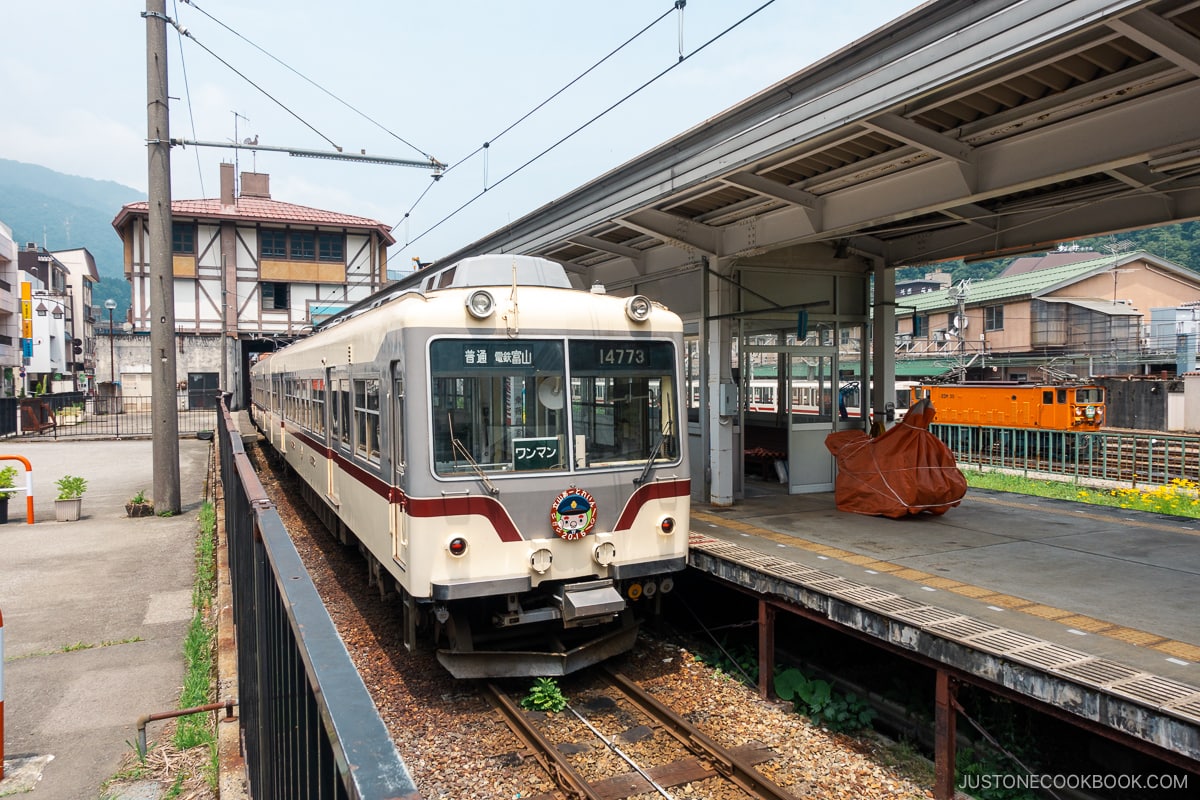
After arriving at Unazuki Onsen station, walk to Unazuki (宇奈月) station, where the Torokko trains will depart. I know the station names are similar and are a bit confusing so leave a comment below if you need any clarification.
Kurobe Gorge Torokko Train Experience
Are you familiar with the Torokko Train (トロッコ電車)? The Japanese term “Torokko” is derived from the English word “truck,” originally referring to mining or transportation cars used to transport materials for construction. These days, Torokko refers to passenger cars, designed with the bare minimum comfort and primarily used for sightseeing.
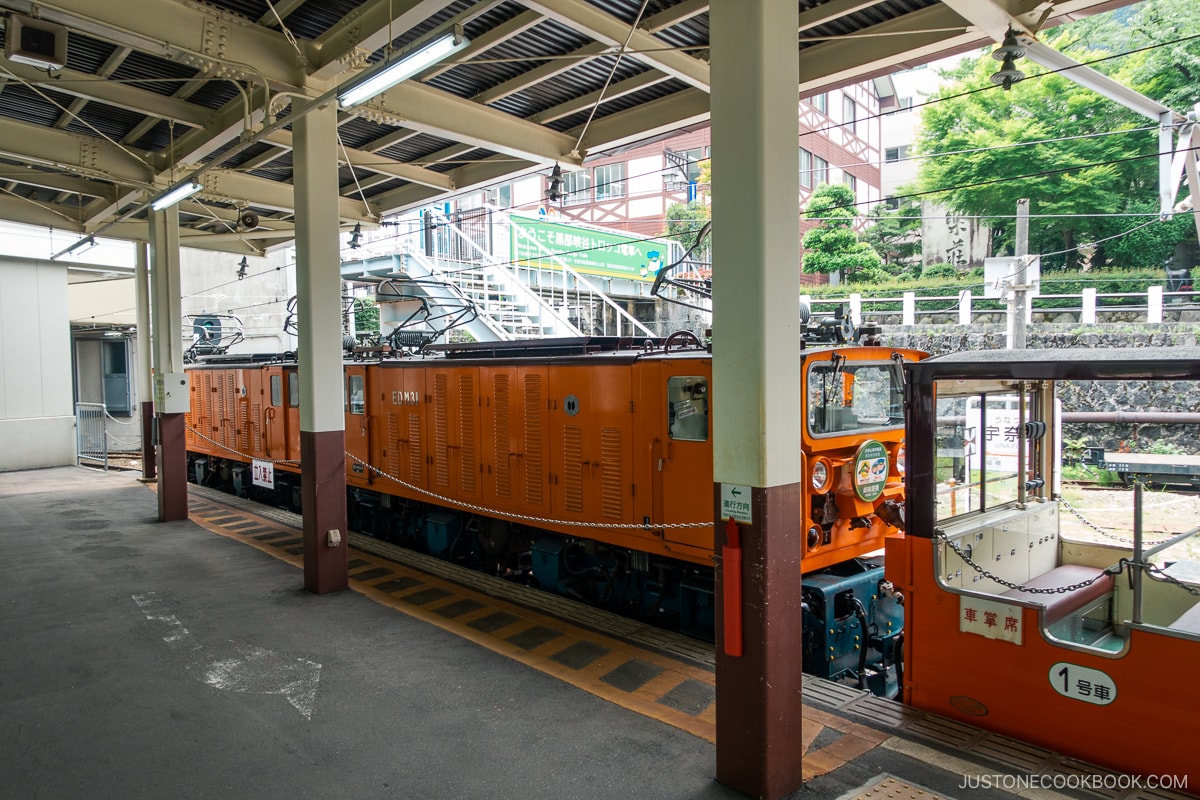
History of Kurobe Gorge Torokko Train
This incredibly scenic route of the Kurobe Gorge Torokko Train was originally built by the Kansai Electric Power company. The purpose was to transport materials and personnel for the construction of hydroelectric plants back in 1937. For a long time, it was just used by the company to maintain and build power plants. However, due to its unique landscape unlike anywhere else in Japan, there was a demand for people to see the sights themselves. As a result, the company started transporting passengers in 1953.
There are 2 types of seats available on the Kurobe Gorge Torokko train. The seats are either open-air or enclosed. The enclosed seats are referred to as first-class. You can check the ticket fares here.
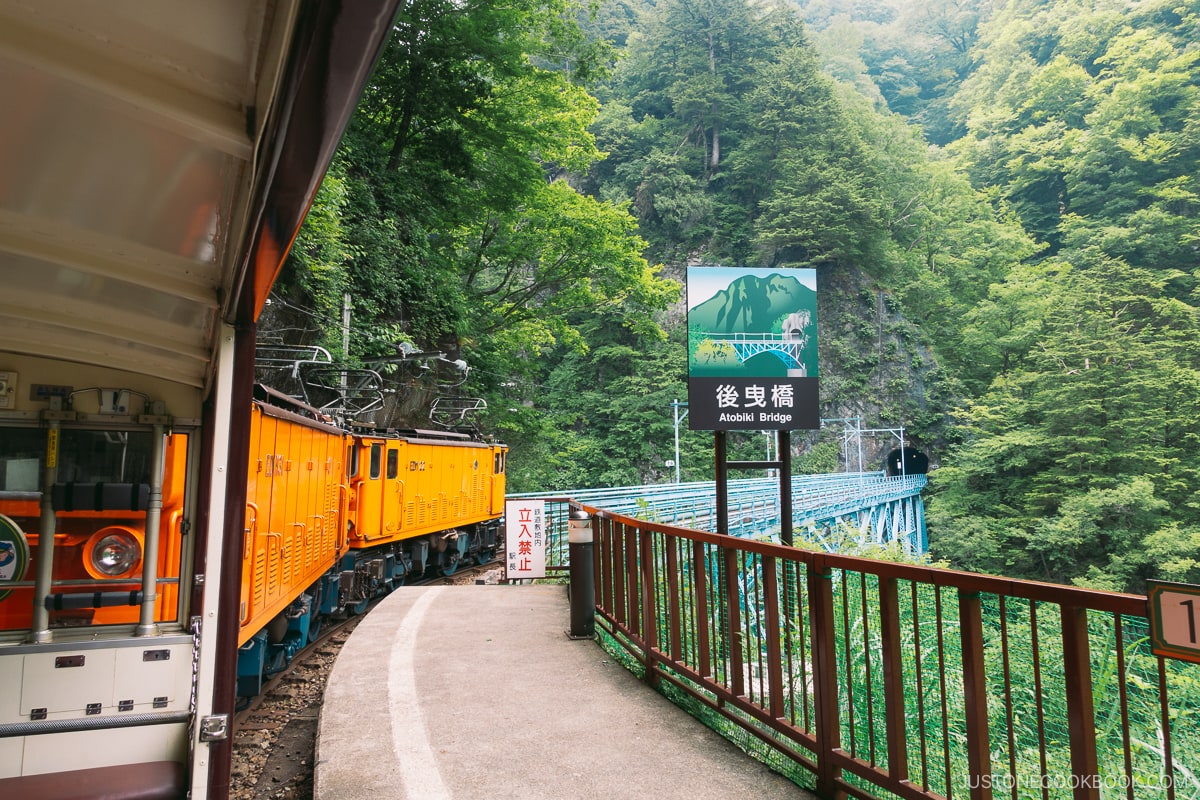
With the tickets, we were assigned to a specific car number but we could choose any seats within the car. The open-air cars have benches and the enclosed ones have individual seats. You can reserve and book the Torokko tickets online and the site also has multilingual services.
Stops On The Kurobe Gorge Railway
Along the Kurobe Gorge Railway (黒部峡谷鉄道) route, there are 3 stops where visitors can get off the train. They are Kuronagi (黒薙), Kanetsuri (鐘釣), and the final stop is Keyakidaira (欅平). However, please note that riders are not allowed to hop on and off the train between the start and final destination (see FAQs). After discussing the different options, we opted to go all the way to Keyakidaira. The ride to Keyakidaira takes 80 minutes each way.
We recommend sitting on the right side of the train for the best view. As the locomotive starts moving, we hear the rhythmic sound of the locomotive ahead of us and feel the vibrations and movements that are unique to the Torokko train experience.
Kurobe Gorge Railway Highlights
Soon after leaving the station, we saw the impressive, long and red Shin-Yamabiko Bridge (新山彦橋) and one of the many tunnels the train goes through.
The area is surrounded by pristine forest and undisturbed natural surroundings, with little evidence of humans being there (outside the power plants and the railroad). Thousands upon thousands of trees and greens as far as our eyes can see.
The first dam that we saw is Unazuki Dam (宇奈月ダム), which was completed in 2001. The view of the expansive emerald-green waters against the blue sky was gorgeous.
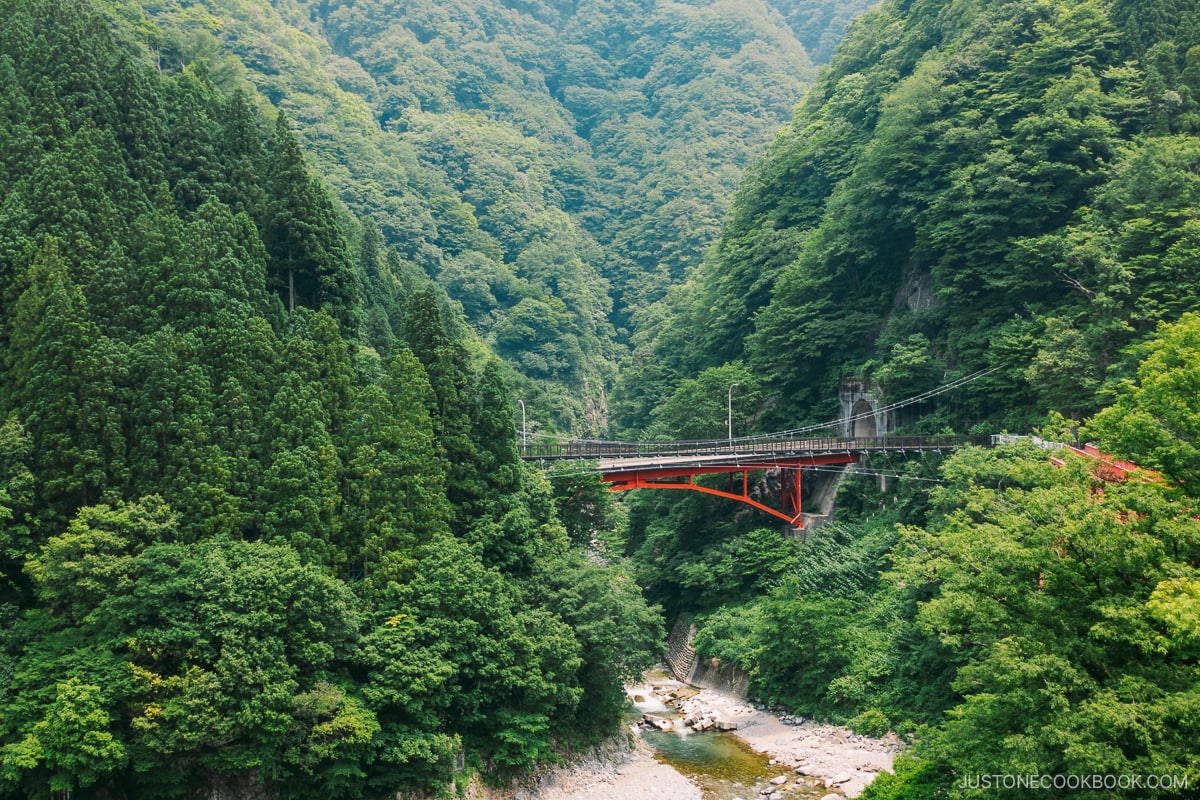
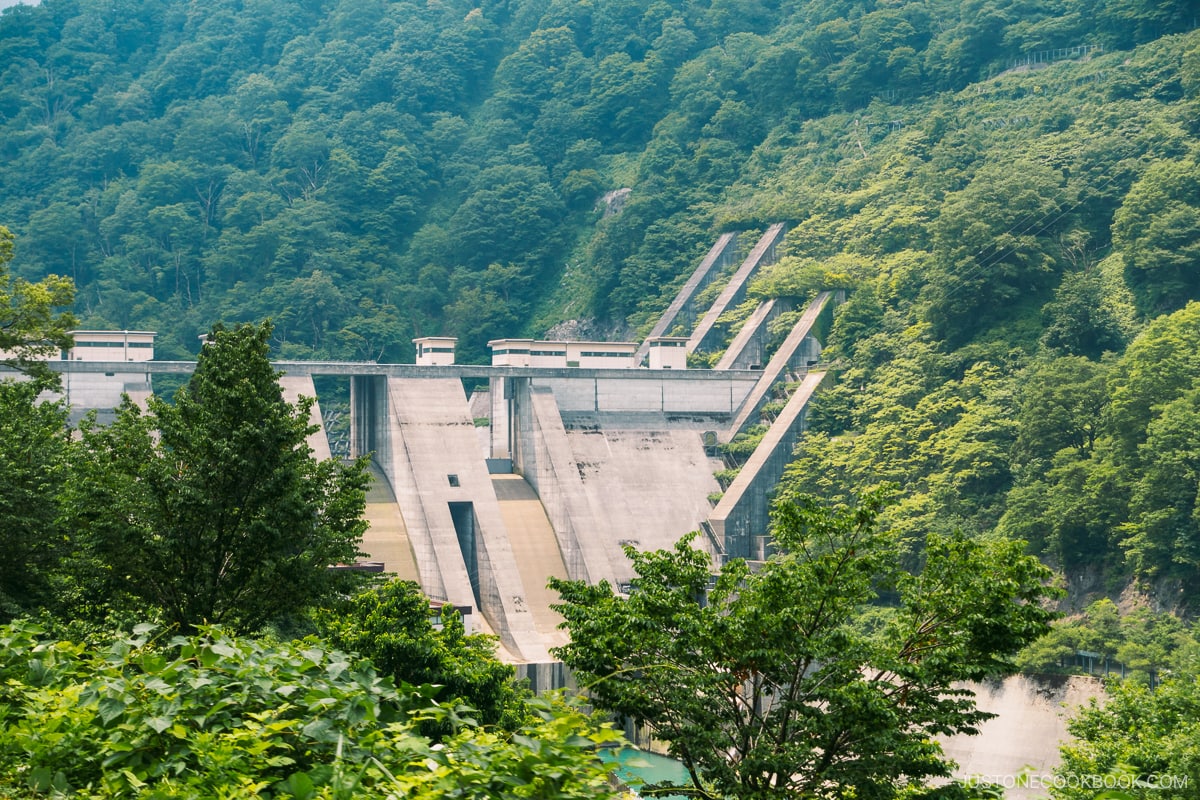
As the train proceeded along the route, we spotted the Shin-Yanagawara Power Station (新柳河原発電所) which resembles a European castle. It may seem like an unconventional design for a power plant but it’s one of a kind.
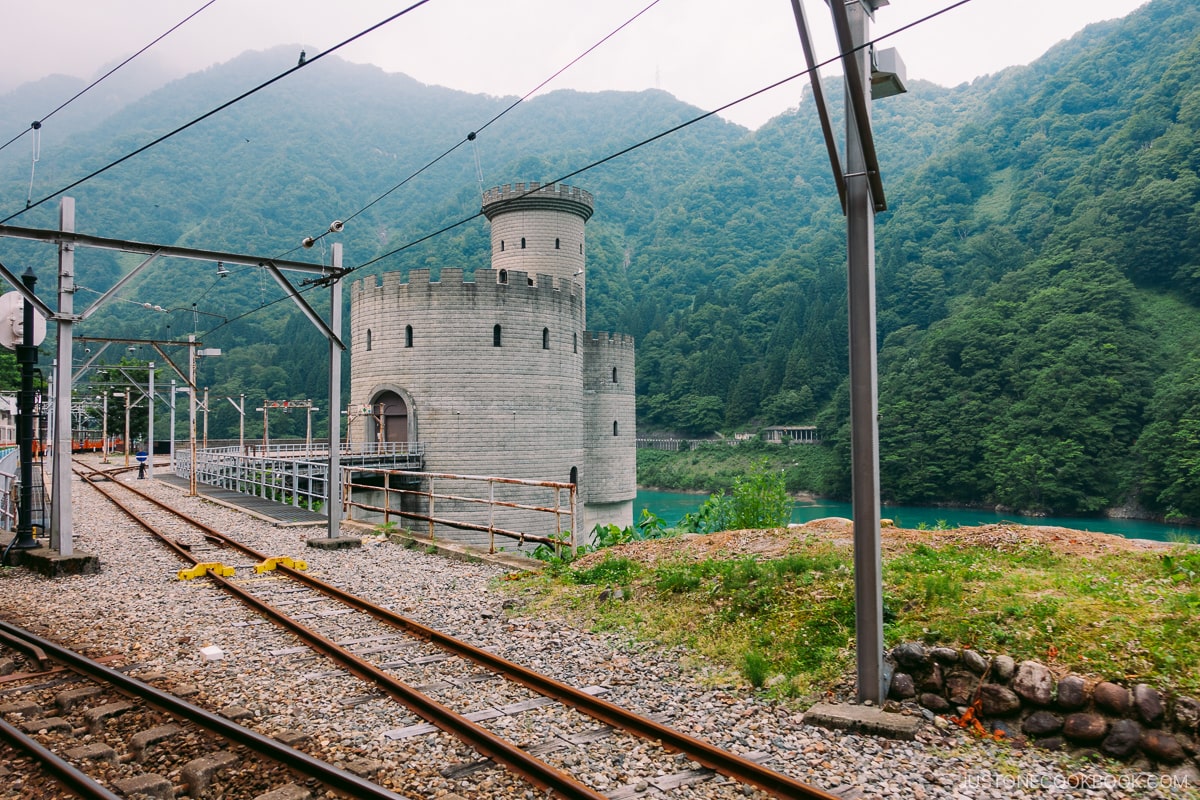
Kurobe Gorge Natural Beauty
At certain points during the journey, we couldn’t resist the thrill of adventure as the train traversed sections of the route supported by sturdy steel beams. It felt as if we were in an Indiana Jones movie.
The area’s natural setting is home to wild monkeys. There is even a suspension bridge built just for them to cross the gorge.
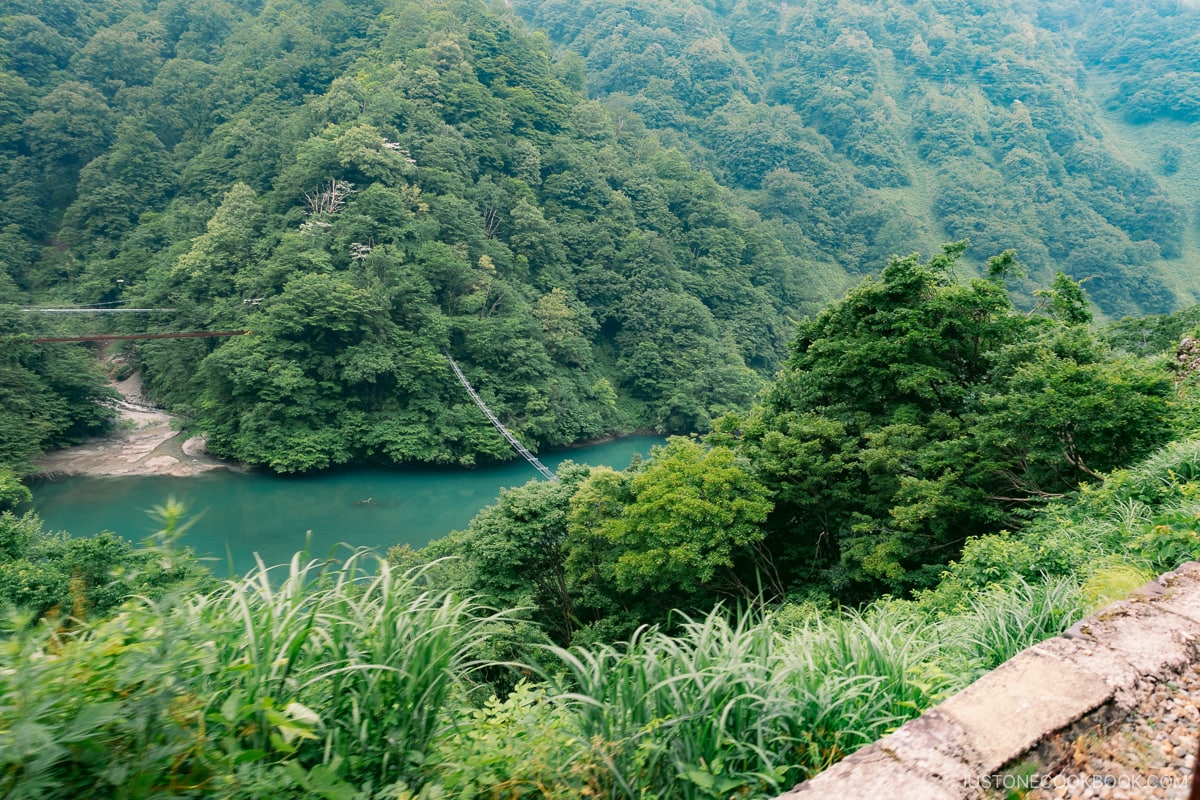
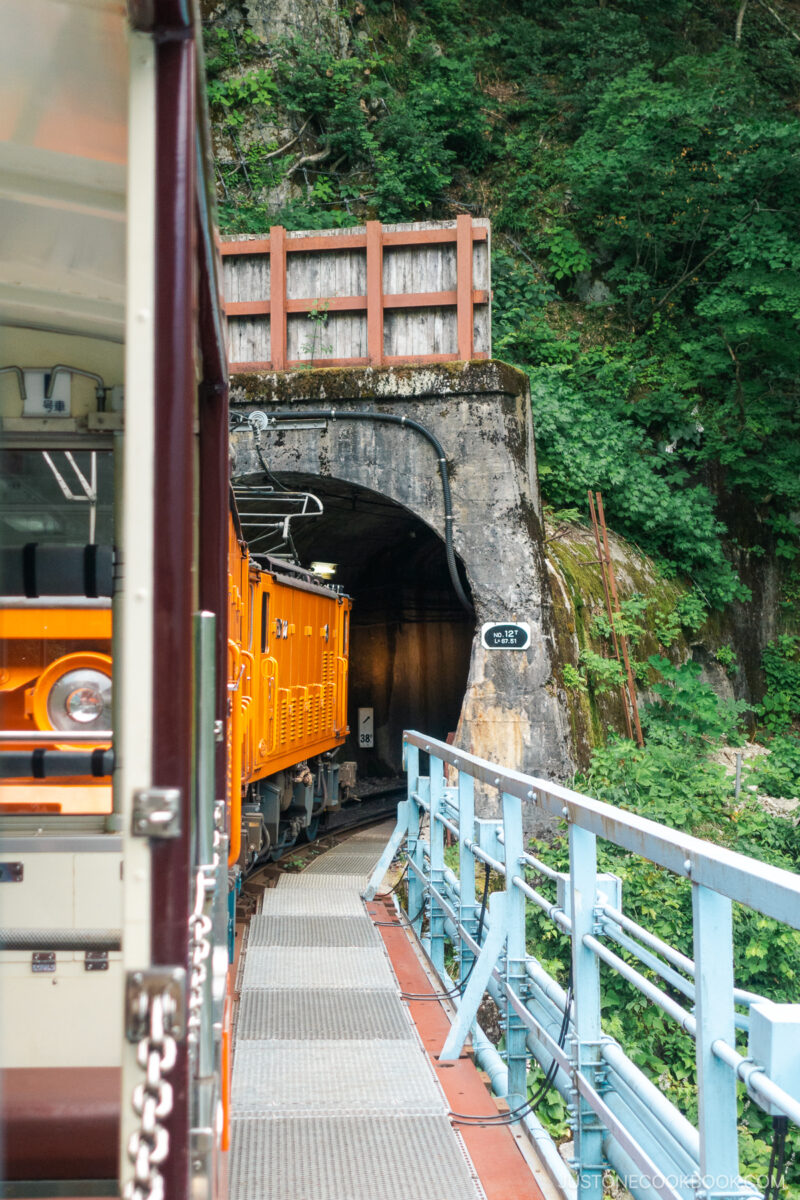
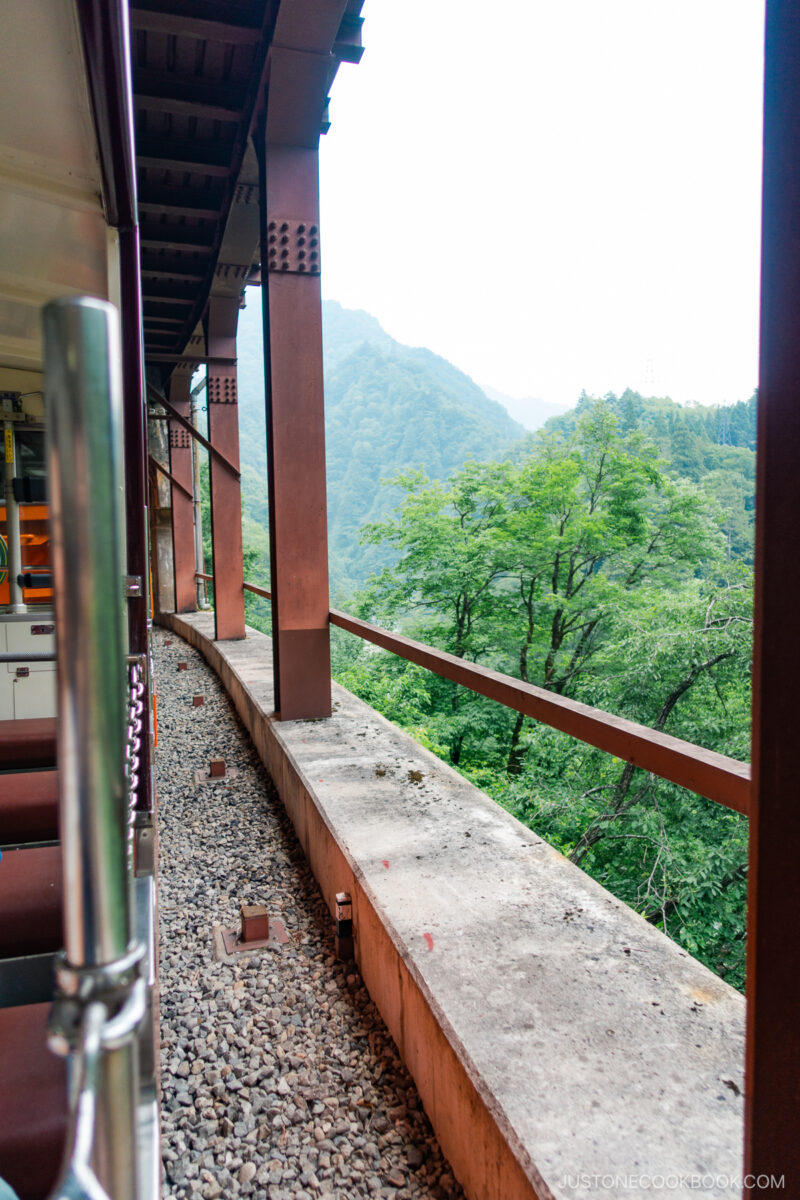
We thought about the immense challenges faced by the workers who constructed this passage. Throughout most of the route, the train tracks clung precariously to the mountainside, with sheer cliffs on the other side.
Crossing the Atobiki Bridge (後曳橋) was both terrifying and exhilarating, as we peered down below. I have to admit: the thought of what might transpire in the event of an earthquake crossed our thoughts at that moment.
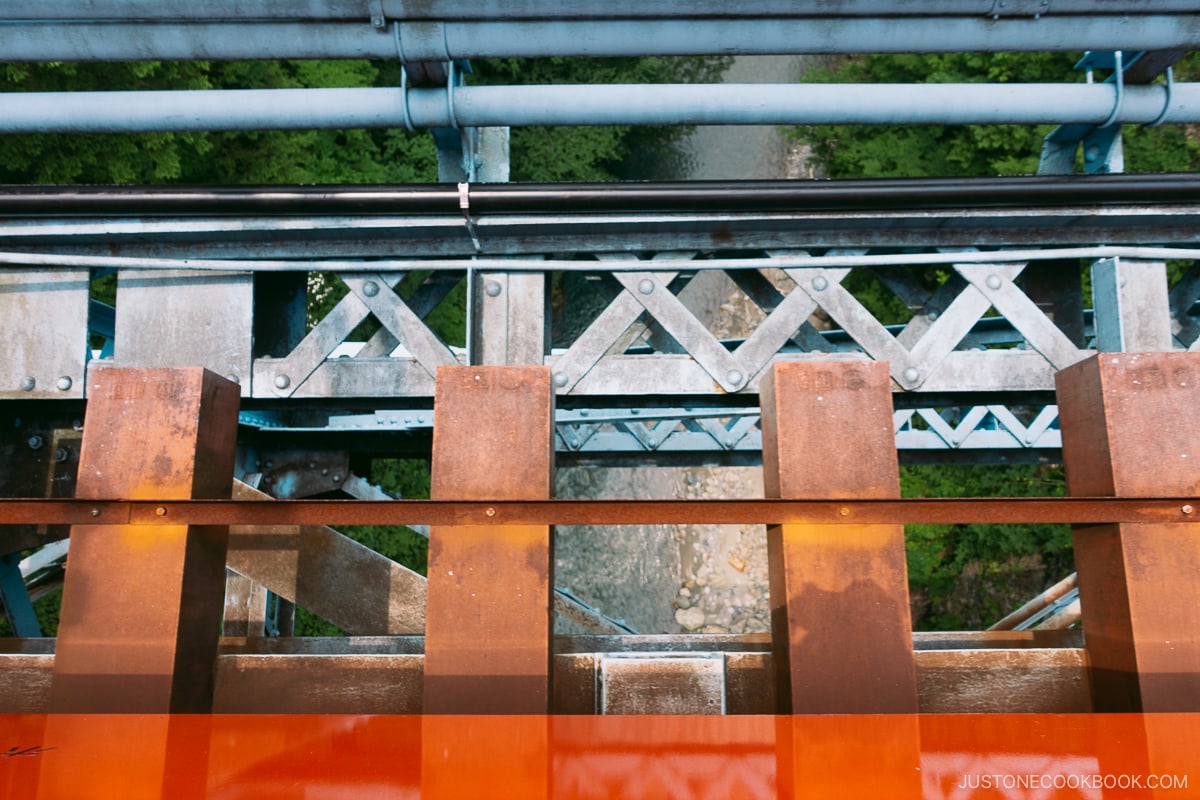
After passing Kuronagi station, near the Atobiki Bridge, we saw the aqueduct that carries water from Dashidaira Dam (出し平ダム) to Shin-Yanagawara Power Station.
The bridge connects one of the many V-shaped ravines in the gorge.
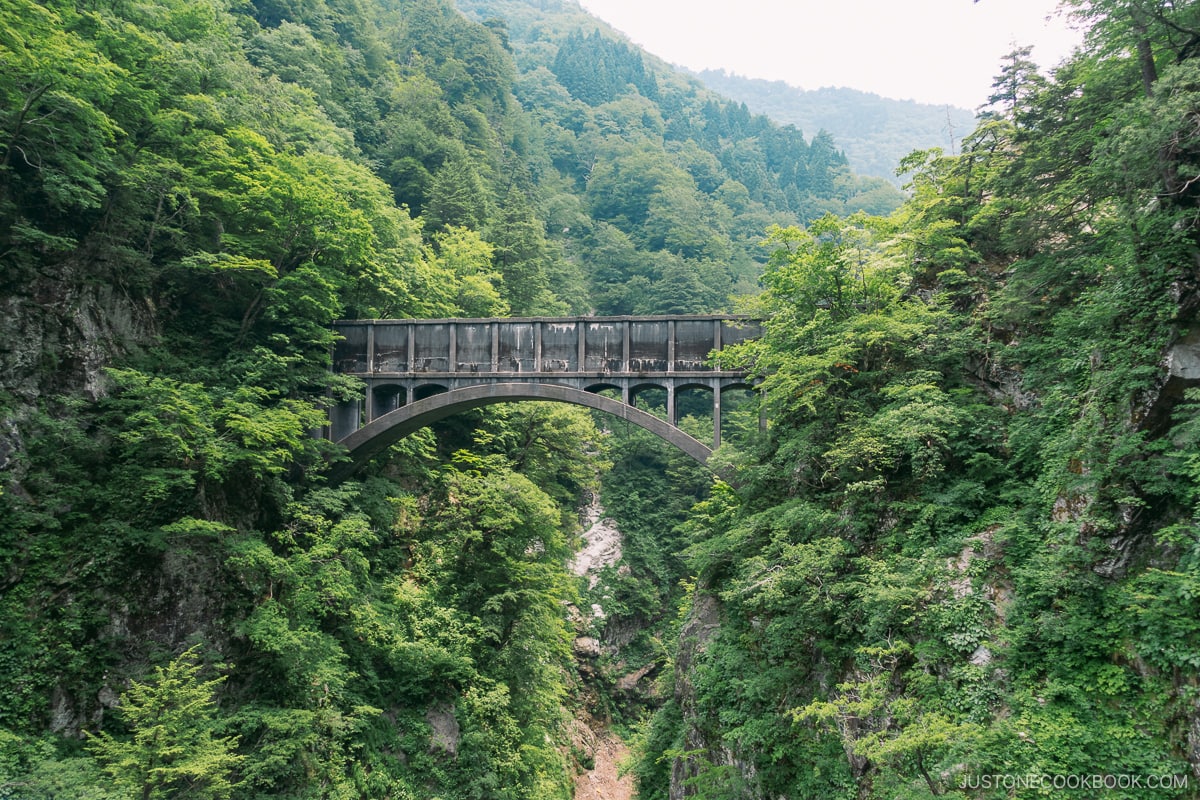
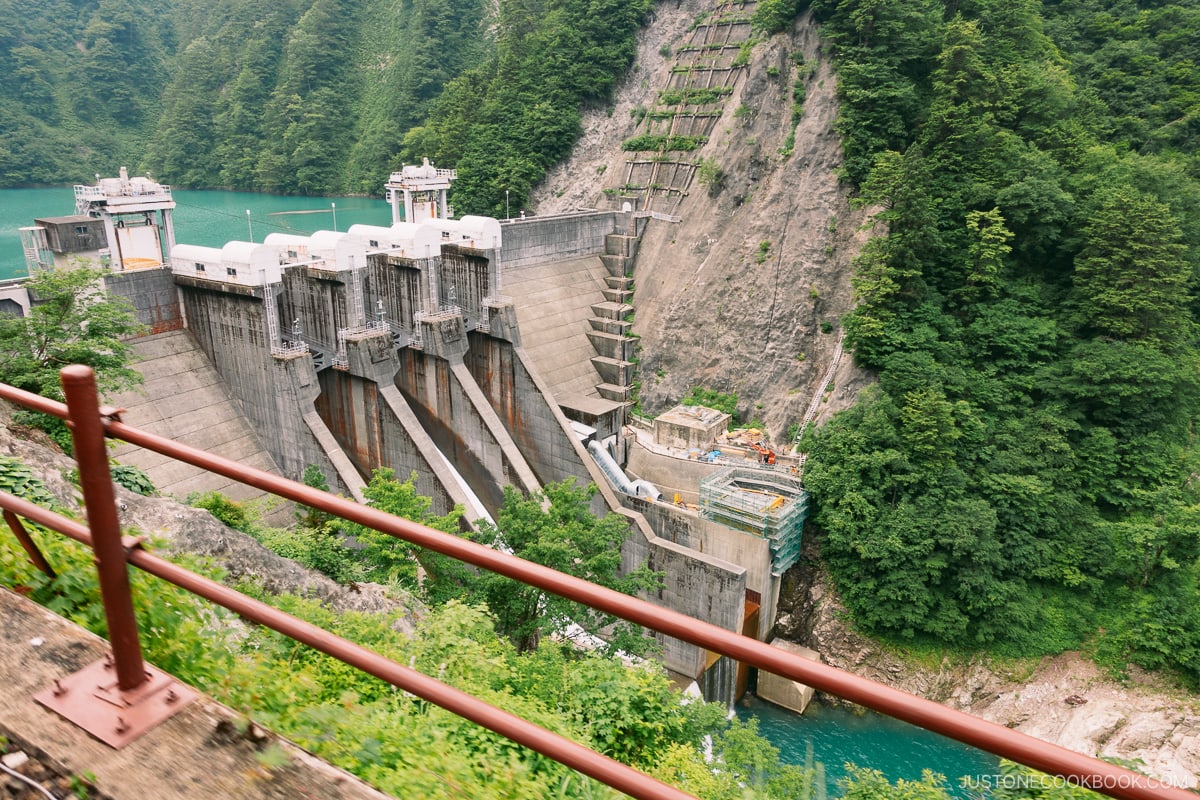
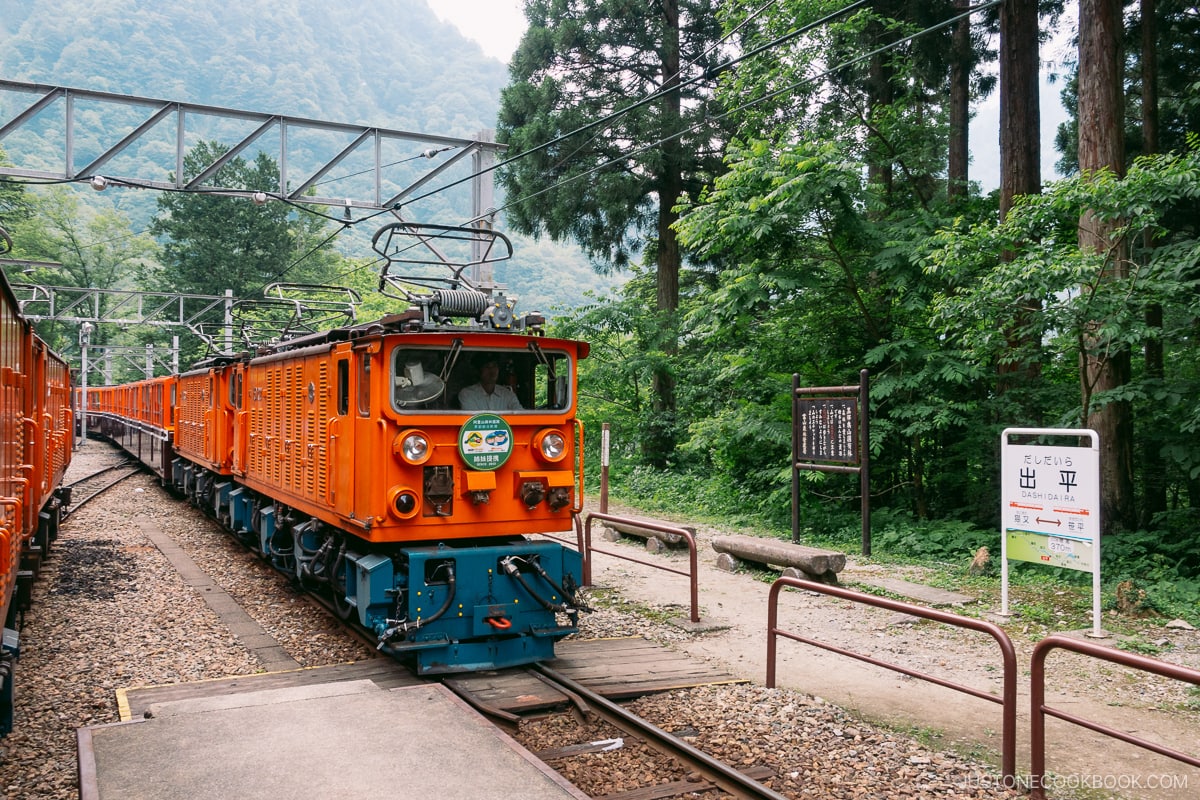
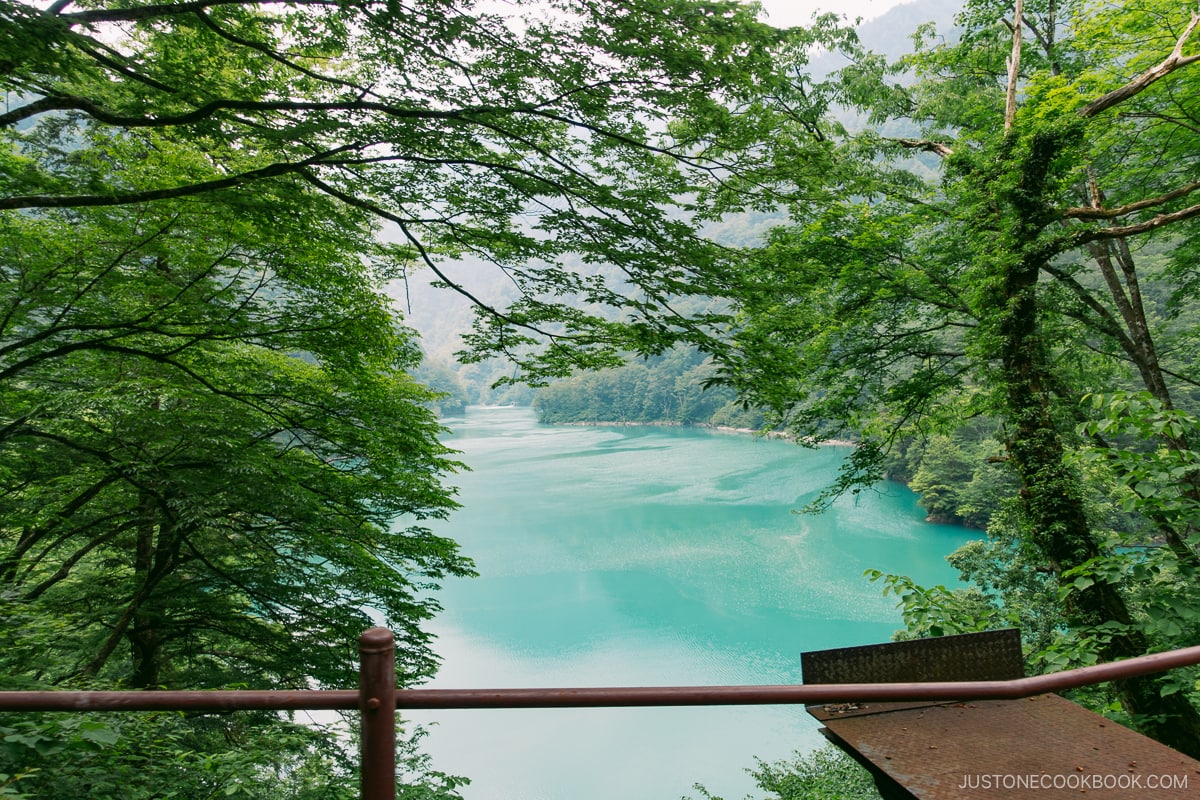
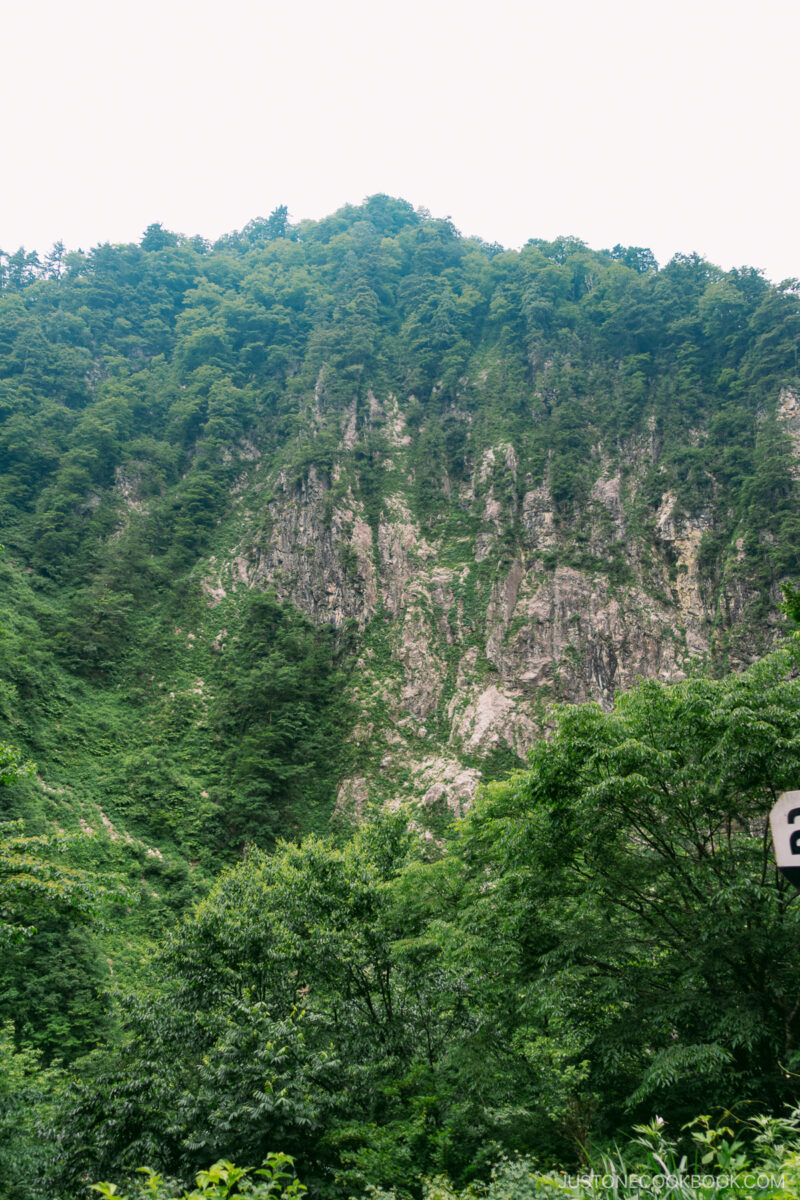
Kurobe Gorge Rock Formation
Due to heavy snowfall in the region, the Kurobe Gorge Torokko Train operates from April through November. You might wonder, how do the electric company workers maintain the power stations in the winter? Well, there is a winter walking path tunnel they have to use (see below) to hike in!
One of the most impressive sights along the route was the vertical 200-meter-high cliffs of the gorge. It is known as “Nemikaeshi no Iwakabe”(ねみ返しの岩壁), which was formed by the Kurobe River.
There is only one track so when there’s a train coming from the opposite direction, both trains have to stop and wait as they change tracks at the stations.

Another power station we saw on the route is the Kurobe River No. 2 Power Station (黒部川第二発電所). It was interesting to see how these industrial power stations blended into the natural surroundings.
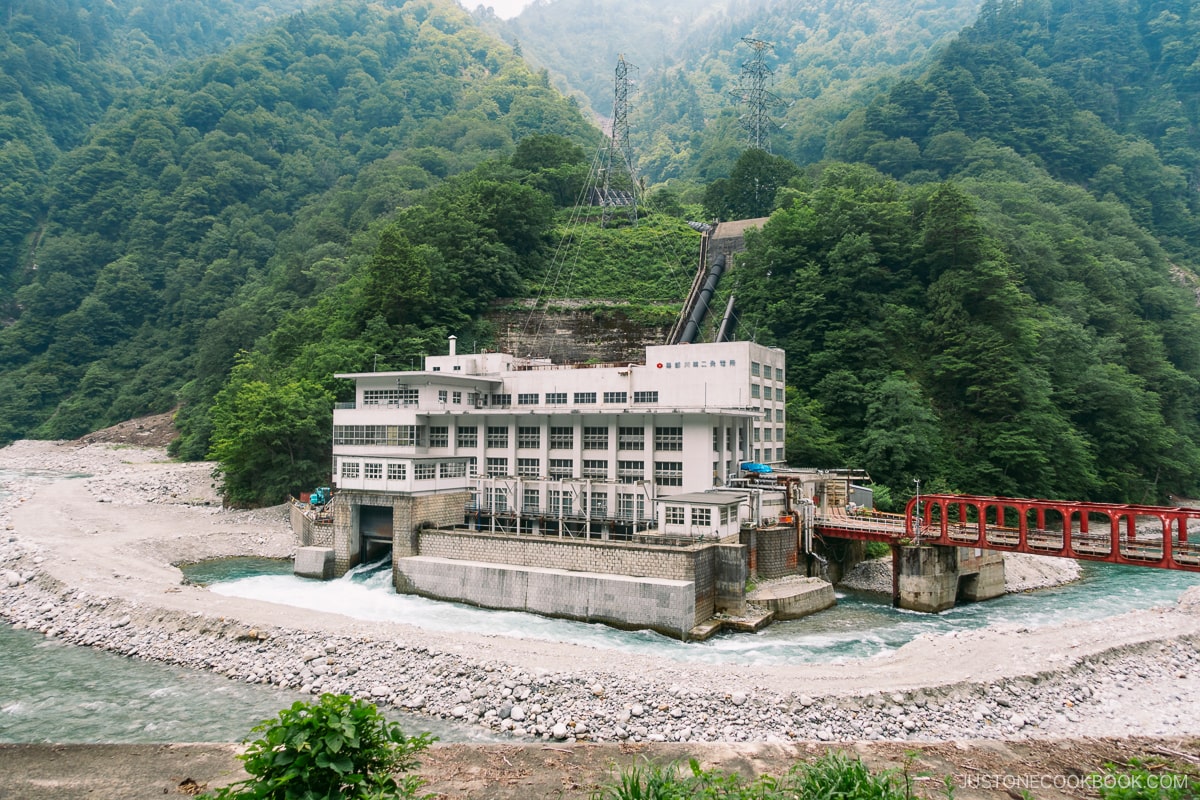
At Kanetsuri station, the second stop along the way where tourists can disembark, we saw the fascinating phenomenon of the “never melting snow” (mannenyuki 万年雪) near the station. This snow pile is created by avalanches during the winter and there is so much snow that it will not melt before the snowing season starts again.
As the train journeyed on, we soon passed Koyadaira Dam (小屋平ダム).
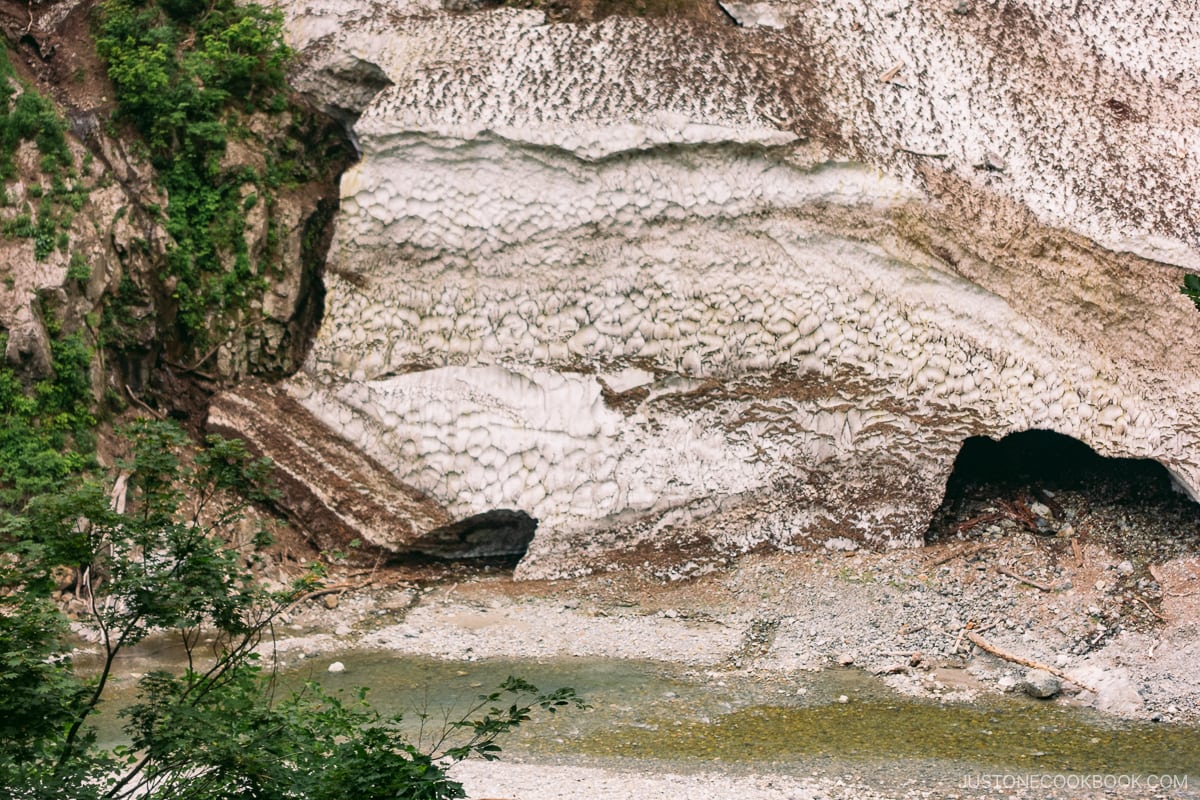
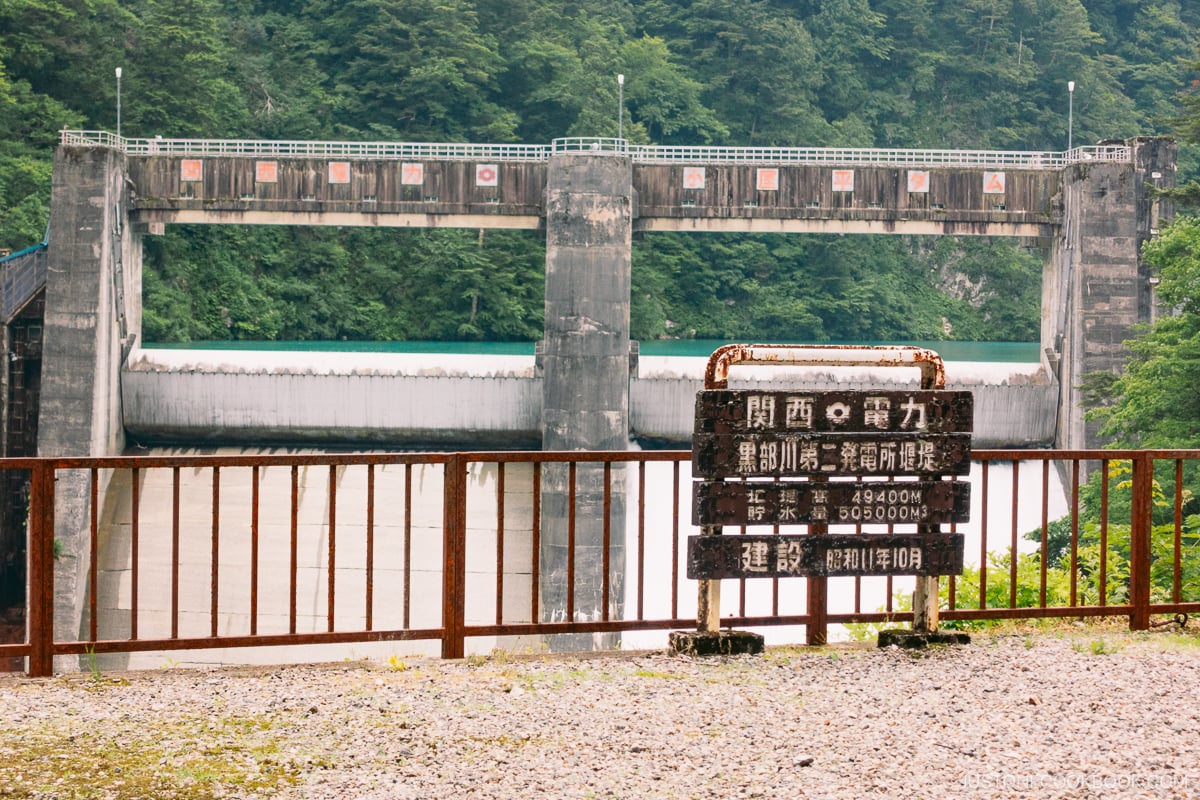
Even though the color was not the most vivid for the gorge during the summer, we loved the different shades of green. We would love to go again in autumn when the leaves change color.
Be Prepared For Temperature Change
The ride started in fairly comfortable weather; however, as we went deeper and deeper into the gorge, it turned chilly when we cruised through the tunnels. Each tunnel felt a bit colder than the last one. We did research beforehand and brought jackets with us to stay warm. Definitely bring extra jackets or long pants as some of the tunnels are quite long. It feels extra cold with the wind chill factor in the open cars even during the summer time.
Keyakidaira Kurobe Gorge
After arriving at the last stop, Keyakidaira Station, we recommend booking and reserving the ticket back to Unazuki Station at the ticket booth. We upgraded our tickets from the standard car to the enclosed car on the way back.
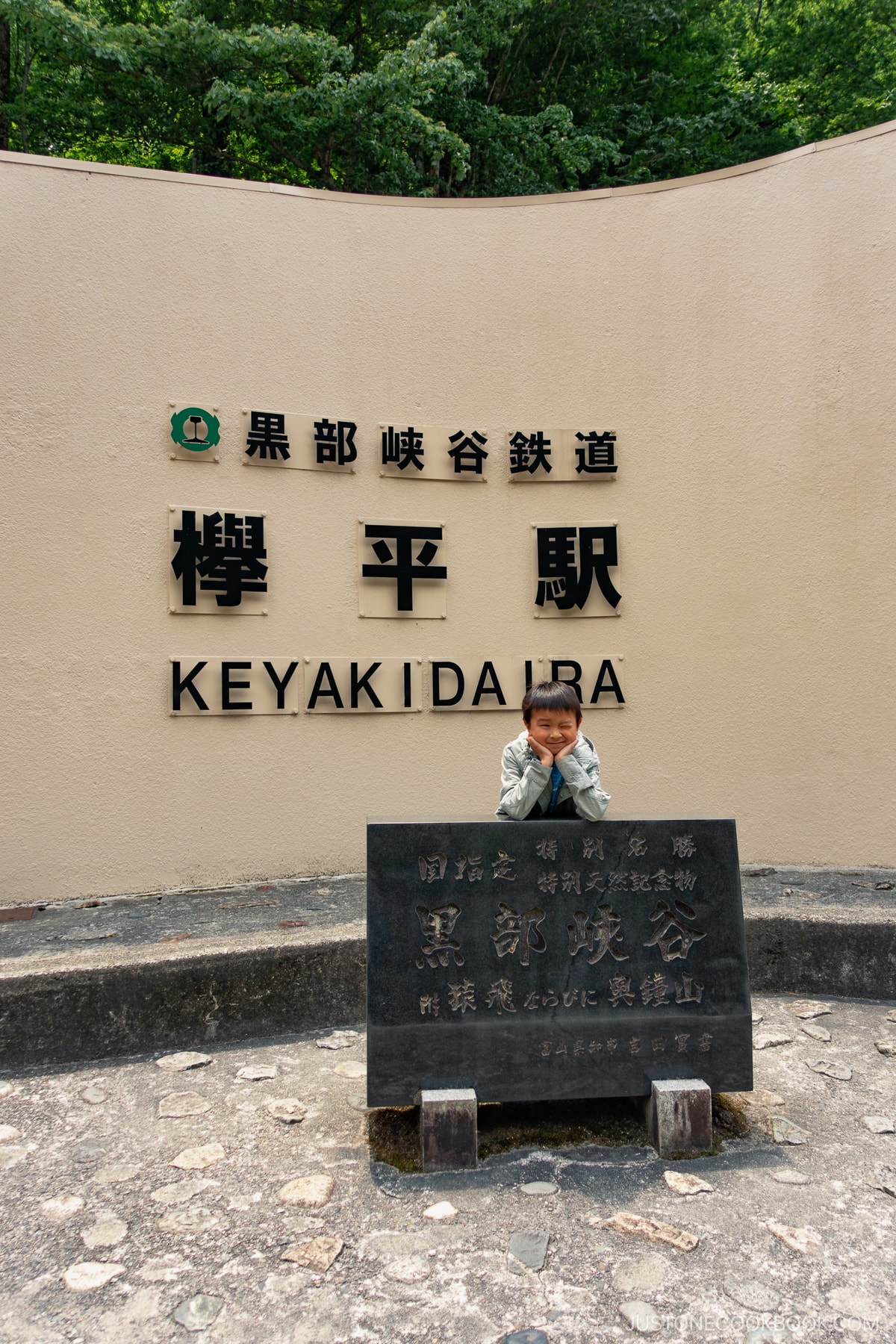
We reached the Keyakidaira station just around lunchtime and discovered there were few dining options available so we opted for the restaurant above the station.
It offered standard Japanese comfort food such as udon, soba, ramen, and curry rice. It also offered the local specialty Deep-fried White Shrimp (白海老のかき揚げ) over rice, udon, or soba.
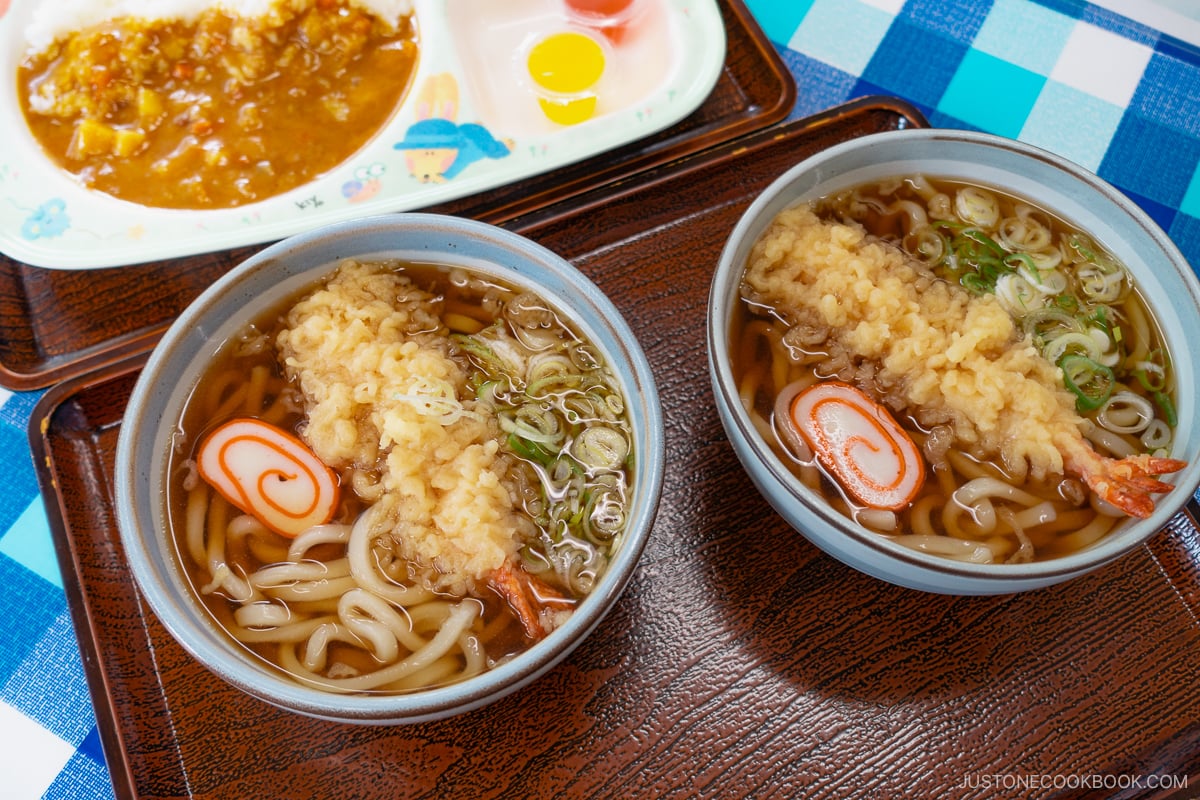
Considering how remote the restaurant was, our tempura shrimp udon was pretty decent. Our kids particularly enjoyed the kids’ curry menu.
At the station near the ticket booth, they had a large map of nearby points of interest and showed the approximate time it takes to walk to those locations from the Keyakidaira station. It also tells the visitors if specific spots were closed due to landslides.
Things to do at Keyakidaira station
It’s important to check for any closures first as the entire area is very prone to rockslides and landslides. Unfortunately, when we visited, the trail to both Sarutobikyo Gorge (猿飛峡) and Babadani Onsen (祖母谷温泉) was closed so we had very limited sights to see.
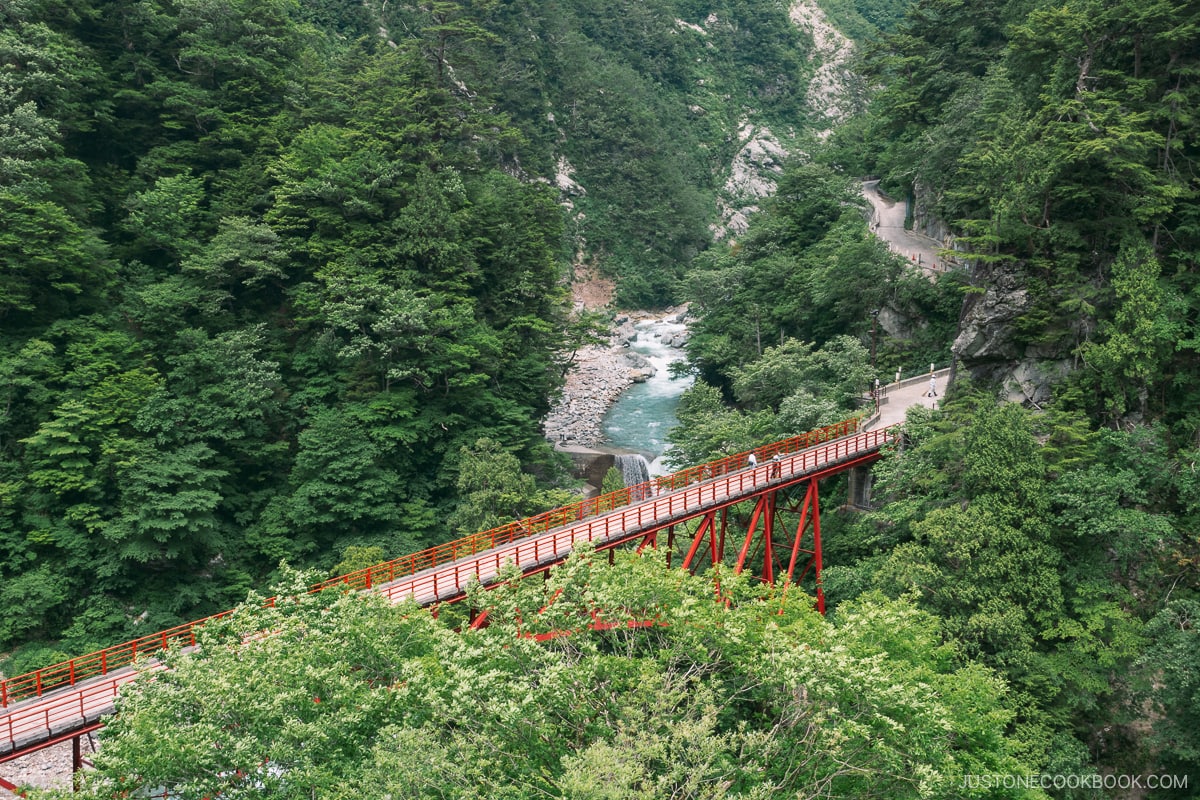
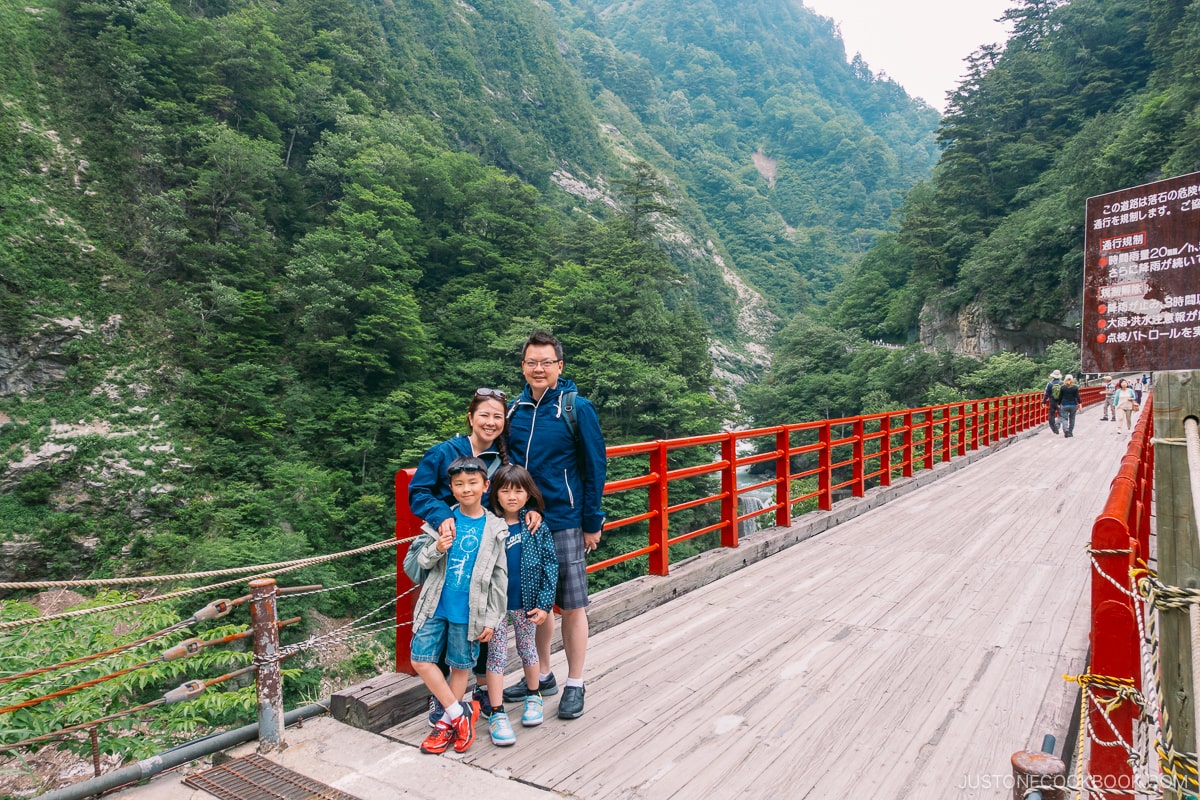
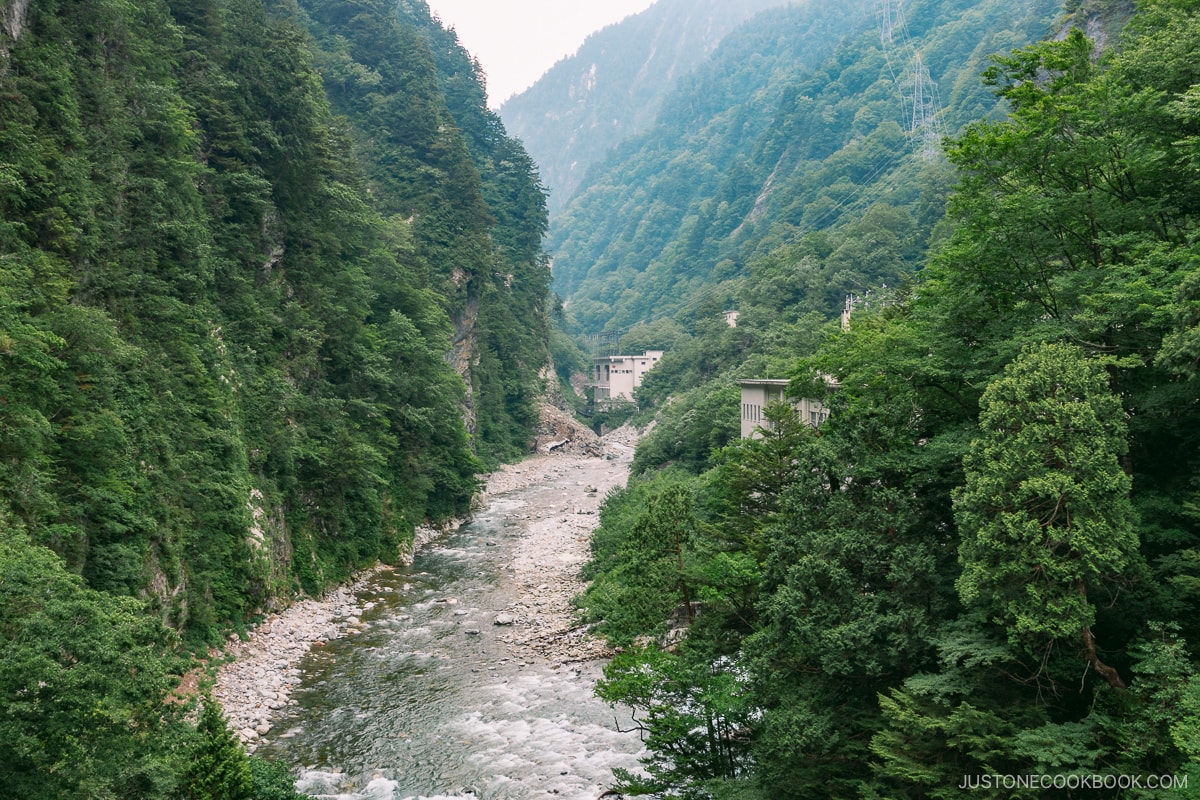
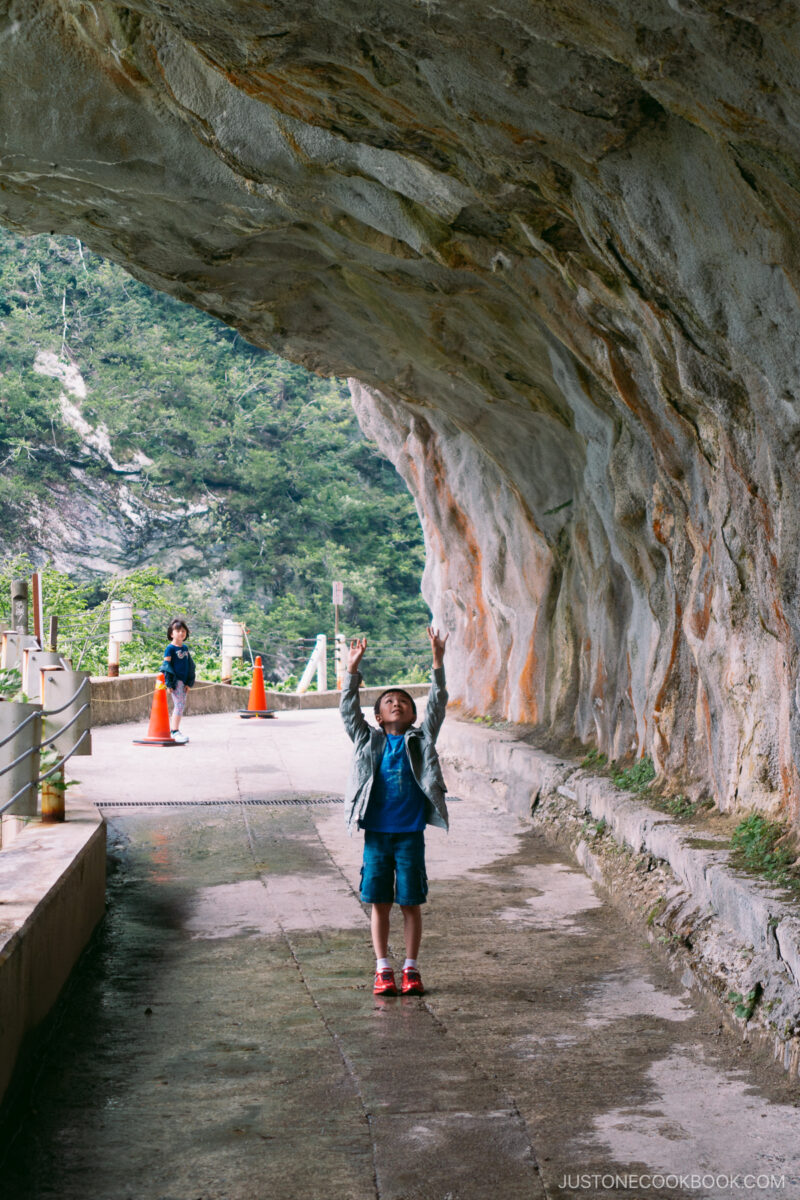
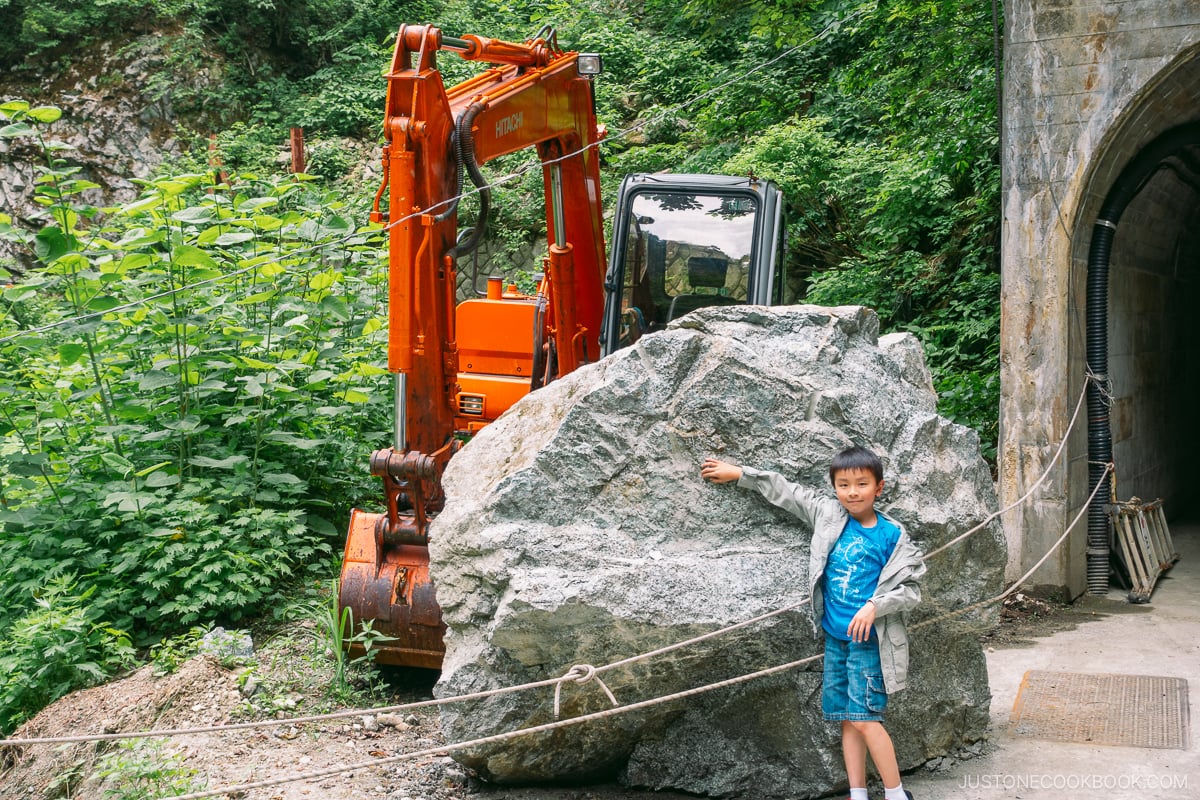
Nevertheless, we were able to explore the viewing platform by the riverside. We crossed the Okukane Bridge (奥鐘橋) to look at Hitokui-iwa (人食い岩), the mouth-shaped rock formation that looks like it’s going to swallow people up. There was a gigantic boulder next to the trail that had just recently fallen.
After we exited the tunnel from Hitokui-iwa, we saw Meiken Onsen (名剣温泉) which accepts overnight guests. Unfortunately, the footbath (足湯) by the Kawara Tenbodai/viewing platform (河原展望台) was also not working for us because landslides had cut off the hot spring.
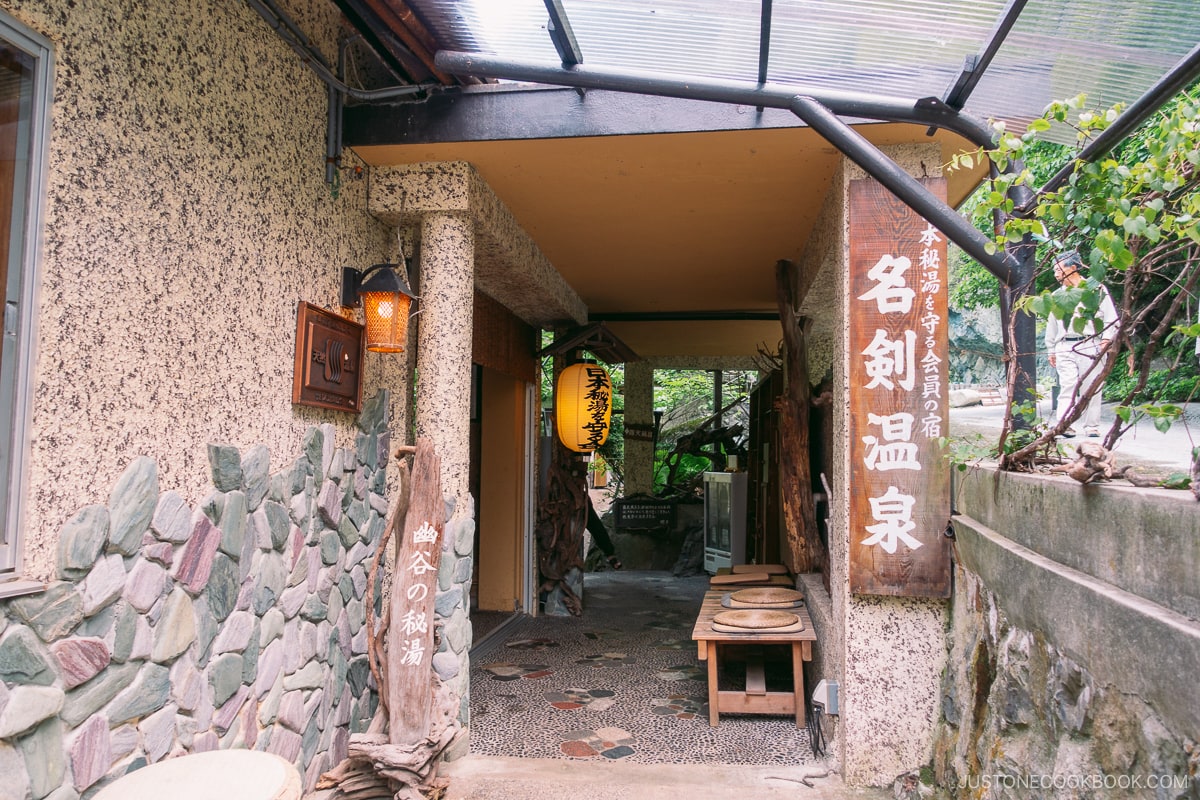
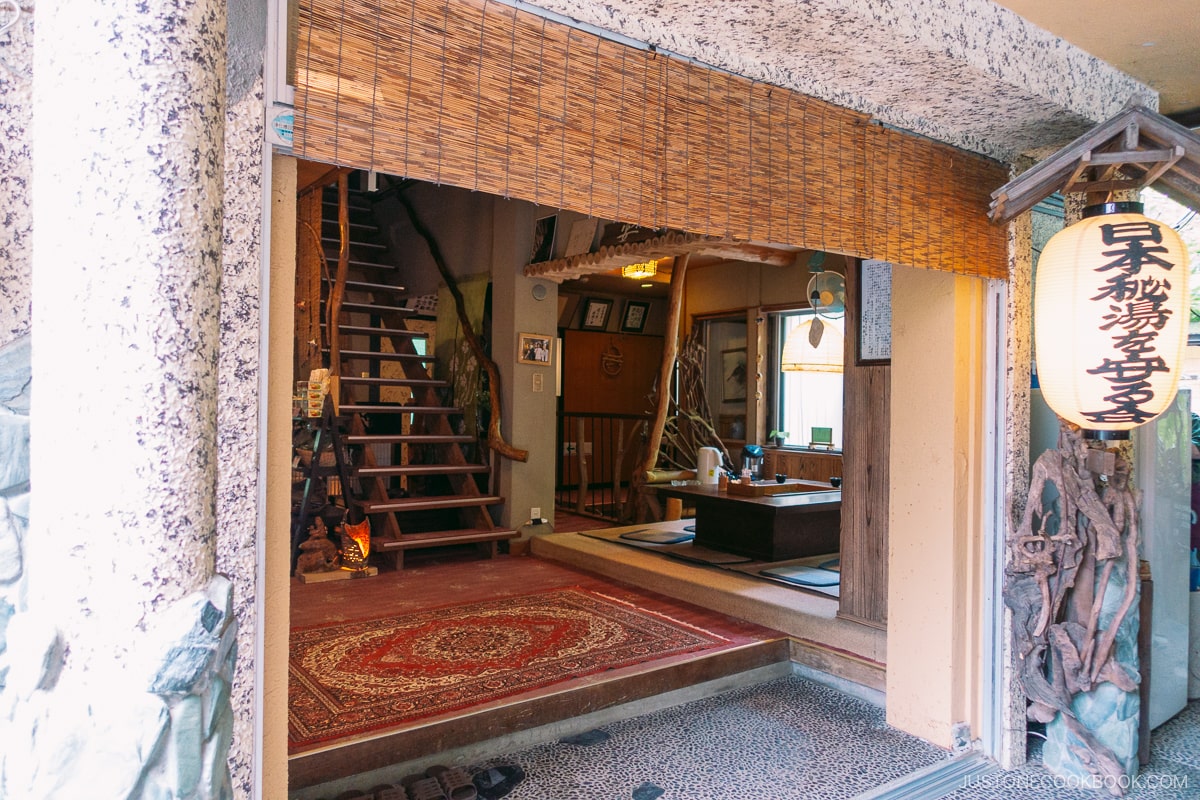
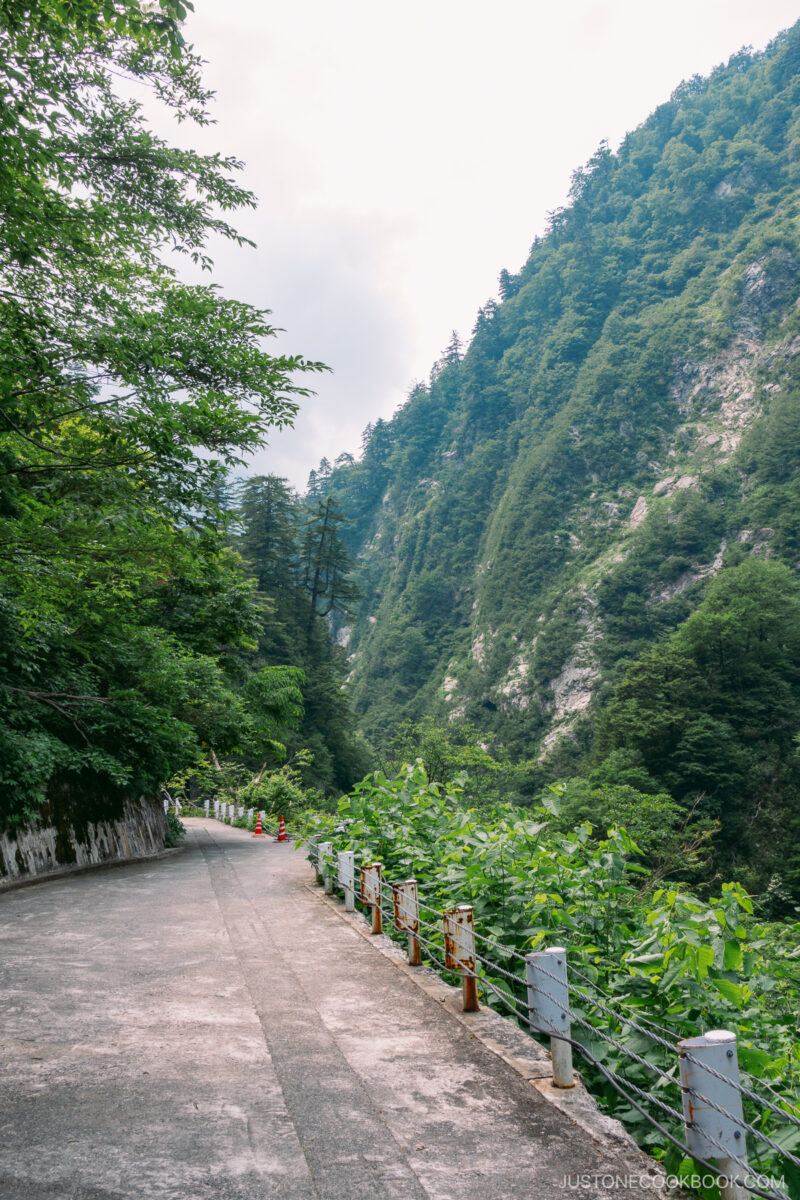
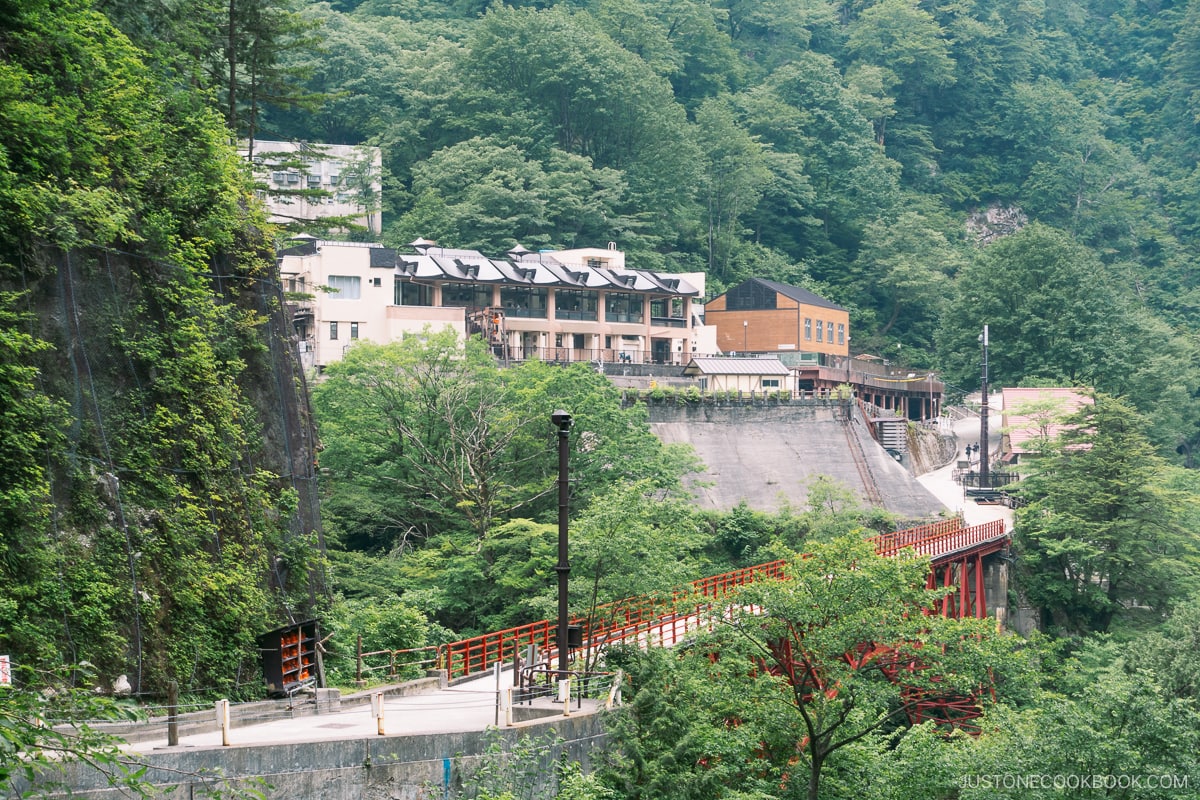
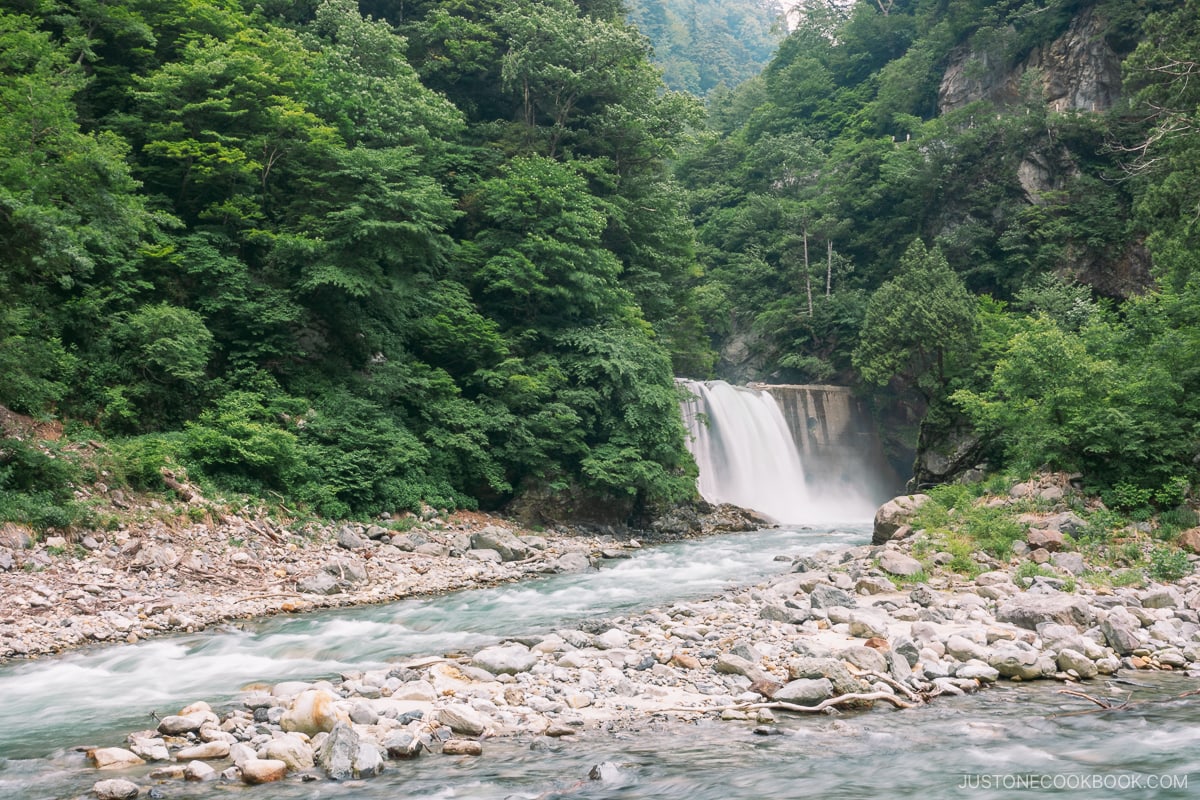
On the hiking trail, one of the workers explained to us that the area is quite dangerous due to the frequent rock slides.
As the sun was setting, we decided to head back to Unazuki station after spending a couple of hours in Keyakidaira. It was a good choice that we upgraded from the open-air car to the enclosed car as it started to rain on the way back.
Japan’s Most Scenic Gorge
Overall, we highly recommend the Kurobe Gorge Torokko Train as a must-visit attraction. Our family had an enjoyable experience immersing ourselves in the stunning gorge scenery, which undergoes captivating transformations with the changing seasons. The nostalgic charm of the rustic trains transports you to a bygone era, adding an extra layer of fun to the journey.
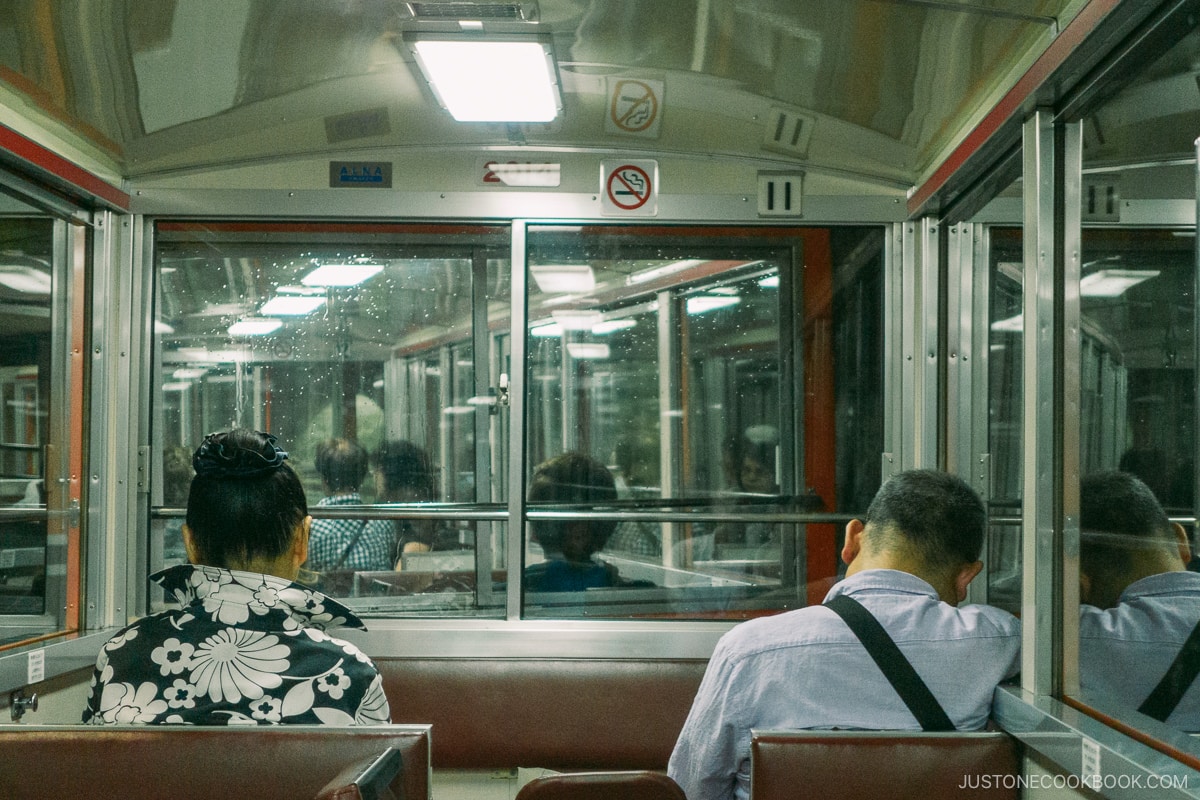
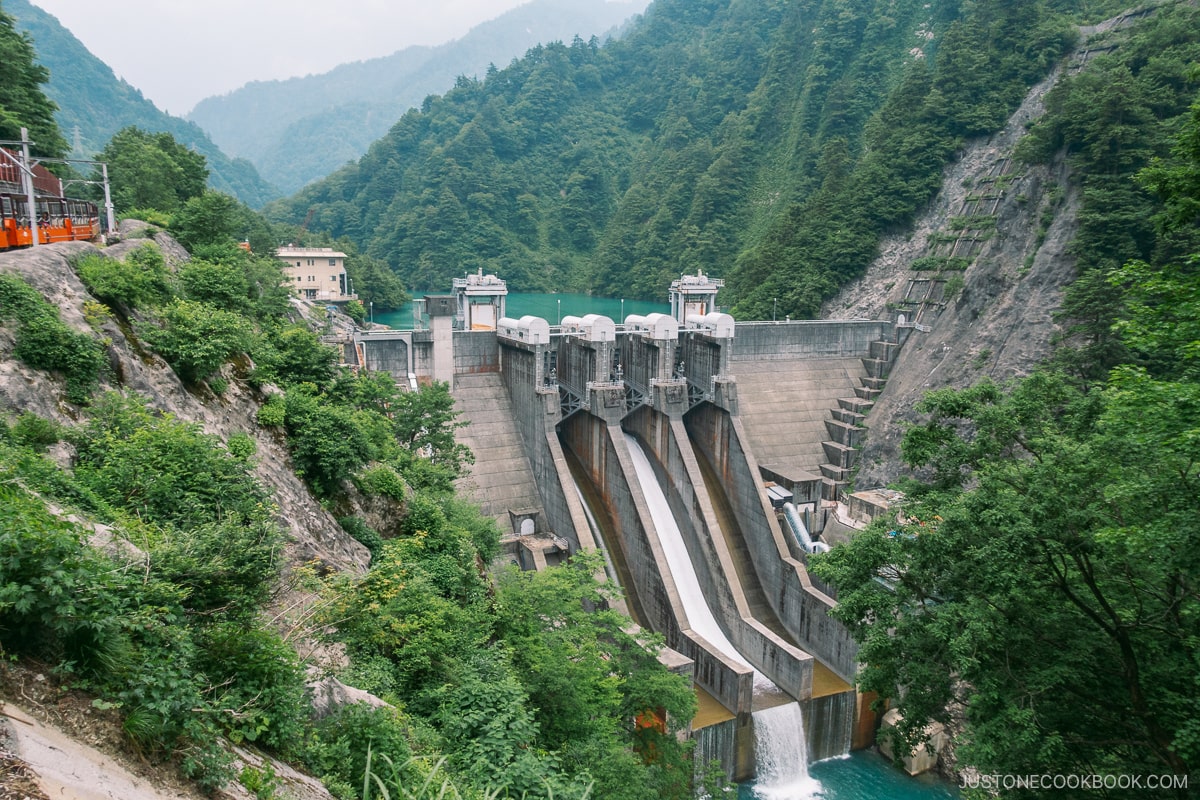
The only thing that I wished to know earlier was the closures of the many sightseeing spots at Keyakidaira. We would have gotten off at Kanetsuri station which saved us the extra travel time and money.
For those planning to visit Kurobe Gorge, we recommend going after mid-October when the leaves start changing and the beautiful red and yellow colors decorate the green forest. If you have any additional questions, here is some info from the Toyama Tourism Association.
Now let’s continue our trip, next stop is Tateyama Kurobe Alpine Route (Snow Corridor)!

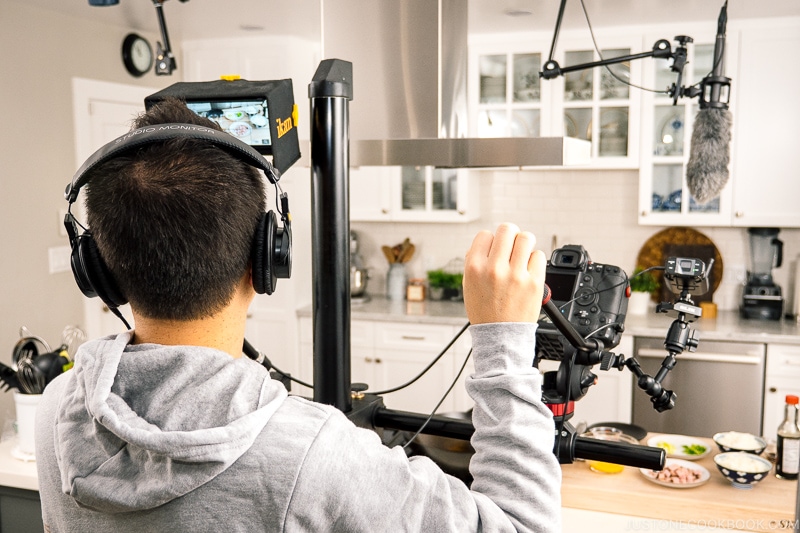









Grateful to have visited Kurobe Gorge a few years ago. It was an unforgettable experience that I will long remember. The train ride was open-aired and I’m glad we sat on the right side to take in all the scenery.
Hi, thank you for sharing your experiences for the places that you have visited, your photos are simply great. I would like to ask you if I would like to visit Nagoya in December, what are the places that I must visit, though I understand some places only operates until November only.
Many thanks.
Hi Fion,
We have detailed travel guides on spending time in Nagoya. We had a fun time there as a family. Let us know if you have any questions after checking the link below.
https://www.justonecookbook.com/tags/nagoya/
Hi Nami, thank you so much for sharing, it must be a very fun and educational tour for your 2 beautiful kids. My daughter and I are planning to visit the Science Museum, Nagoya Castle and also Shirakawago, the UNESCO world site which simply looks amazing. However, as it will happen in December, I hope that most of the places that we want to visit will be opened during the winter season. I understand that for Kurobe Gorge, there is no train service in December, so I’m contemplating should I visit. And the snow corridor is also not opened after Oct/Nov 🙁 I see that there are some local tours doing Shinshu Peach Picking but wondering will it be difficult to do it on our own. Do share with me if you have any experience going to farm for fruit picking. Many thanks 🙂
Hi Fion,
For Kurobe Gorge, I believe the tracks are probably covered by snow so it can’t run in December. When we rode the train it got unbelievably cold at the top even during the hot summer. I would recommend skipping.
Shinshu peach picking happens mostly in the summer so I am not sure if they’re still available when you visit. We’ve done peach picking before in Japan and it’s an okay experience. A car from the fruit shop takes us to the farm (5 min drive) and we are only allowed to pick 3 peaches per person. We had about 15 min to pick 3 peaches.
After picking the peaches and arriving back at the fruit shop, they served us additional peaches and grapes to relax. The whole thing took about 45 min to 1 hour.
Are you planning to spend time in Takayama? It’s a beautiful place to visit.
Let us know if you have any questions.
Hi Nami, yes, I will skip Kurobe Gorge and also fruit picking. And I will be staying at Takayama. Recently I bought the Japan Rail Ticket and the staff serving me from JTB commented that Takayama is just an old town and nothing much, though different. What are the places will you recommend in Takayama as the must-see? Thank you 😊
Hi Fion,
We have 2 detailed posts on Takayama and we loved our stay there. There are shrines and temples, outdoor markets, old restored building, sake tasting, and plenty of other things to do. We loved the atmosphere of the town and being able to walk around to explore it.
https://www.justonecookbook.com/takayama/
https://www.justonecookbook.com/takayama-2/
Hi Nami
Many thanks for the links, and your posts certainly provided good information and photos for me. Will visit some of your recommended places, and I believe I will enjoy my visit there this Dec with my daughter. 🙂
Have a wonderful trip, Fion!
Hi! I love your post! I have a question and maybe you can help me 🙂
You said that you weren’t sure if Kurobe Unazukionsen station has a large coin locker that fits your luggage, and that’s why you got off at Toyama station first to store the luggage. Did you check if Kurobe station has a luggage store? We are planning to do the Kurobe Gorge Train Route and then go to Tokyo.
TIA
There are some lockers but not many. See link below, it has the locker images.
https://www.kurobe-unazukionseneki.jp/information/coin_locker/
Hi Nami,
May I know how long it took you to walk the whole stretch of keyakidaira?
Did you go to Meidan Onsen? For ¥750, do you get to soak and bathe?
What time did you manage To reach Toyama at the end of the day?
Many Thanks for your advice.
Hi AI,
It didn’t take us long at all, if we recall correctly it was about 1 hour to explore the whole area and we did not go to the onsen. A few of the paths were blocked due to landslides.
It took us 2.5 hrs from Keyakidaira to Toyama.
is this doable for a 1.5 day/1 day trip from tokyo? (early hokuriku, visit the gorge, stay the night and then back to tokyo the next morning/or maybe even come back on the late train the same day) i’ll be going in the first week of november. i presume the leave colors will still be there at the time? would be a shame to not do tateyama at the same time but i don’t think i’ll have time for that.
Hi Alex,
Based on Google Maps, it’s 3 hours from Tokyo Station to Unazukionsen Station so timing wise you would be able to make it.
There is actually nowhere to stay on the Gorge so you’ll ride the train to the top and back to find a ryokan to stay at. Keep in mind it is really cold towards the top of the gorge so we’re not sure if the leaves change colors at the same time as the rest of Japan.
The train also stopped running Nov 15th in 2017 so please plan accordingly. http://www.kurotetu.co.jp/en/fare/index.html
Mr. JOC
Hi Nami, thanks for your great posts! I’m doing some hiking in kamikochi and then have the option to do kurobe gorge railway or the tateyama alpine route but likely can’t do both. Considering this, which would you recommend as the better option if you had to choose just one? Thanks!
Hi Christine! Well, it really depends what you’re after. If you have children, definitely Kurobe Gorge railway. It was pretty fun. They do have hiking trails but I feel like it was more light hiking (not serious hike compared to alpine route). Which season are you going? Gorge is more different things to see than Alpine route… but Alpine route has more vast scenery… not too many small things. What kind of hiking are you interested in? I went during the snow corridor time… so what I did and what you can do could be different too… Both beautiful, but more “exciting” one can be Kurobe Gorge…
Dear Nami,
Your travel blog is very informative which makes us to visit Kurobe Gorge in October. We intend to travel from Kanazawa to Kurobe Unazukionsen Station. By the way, could you advise is there any large luggage storage in Kurobe Unazukionsen station. Thanks.
Hi Eunice! Thanks so much for reading my travel post! October must be very pretty! Hope you get to see the foliage (not too early…). 🙂
I found a Japanese site that talks about the coin locker at Kurobe Unazukionsen Station.
http://guesthouse-hostel.com/unazuki-onsen-coin-locker/
Are these big enough for your luggage? They don’t have rows and rows of coin lockers here. In general, I recommend traveling with smaller suitcase (we usually carry 4 carry on size after traveling last year – this trip that you’re reading). We had hard time finding a big suitcase spot, and it’s so much easier each of family member carry small one. But if you have a small kid etc I know it’s not easy.